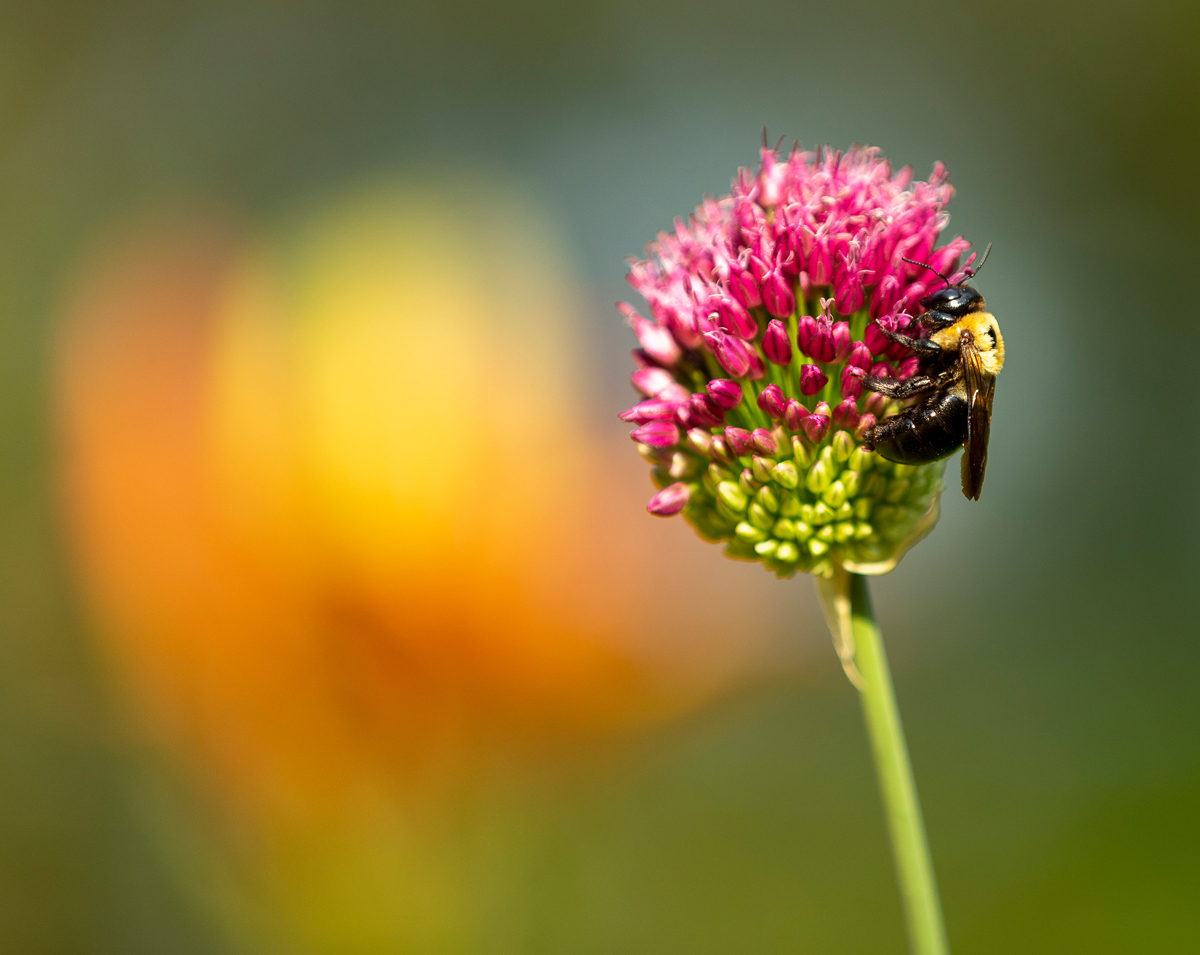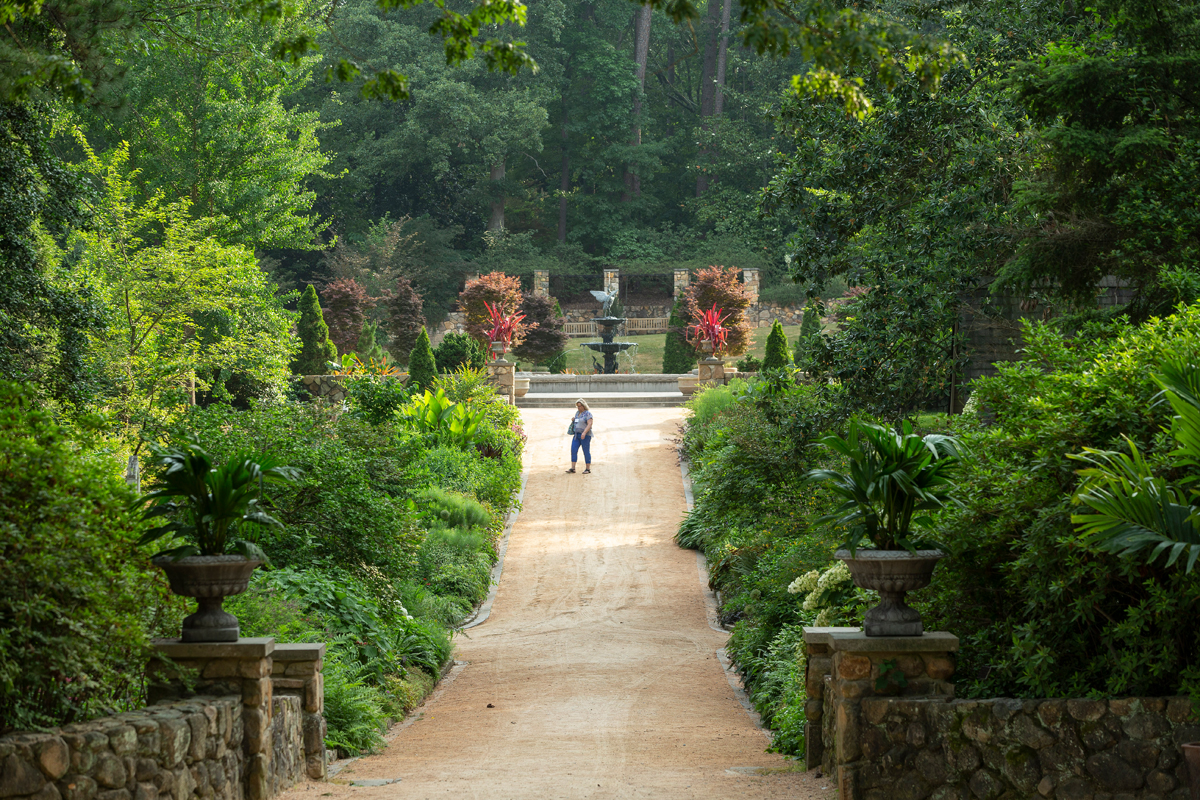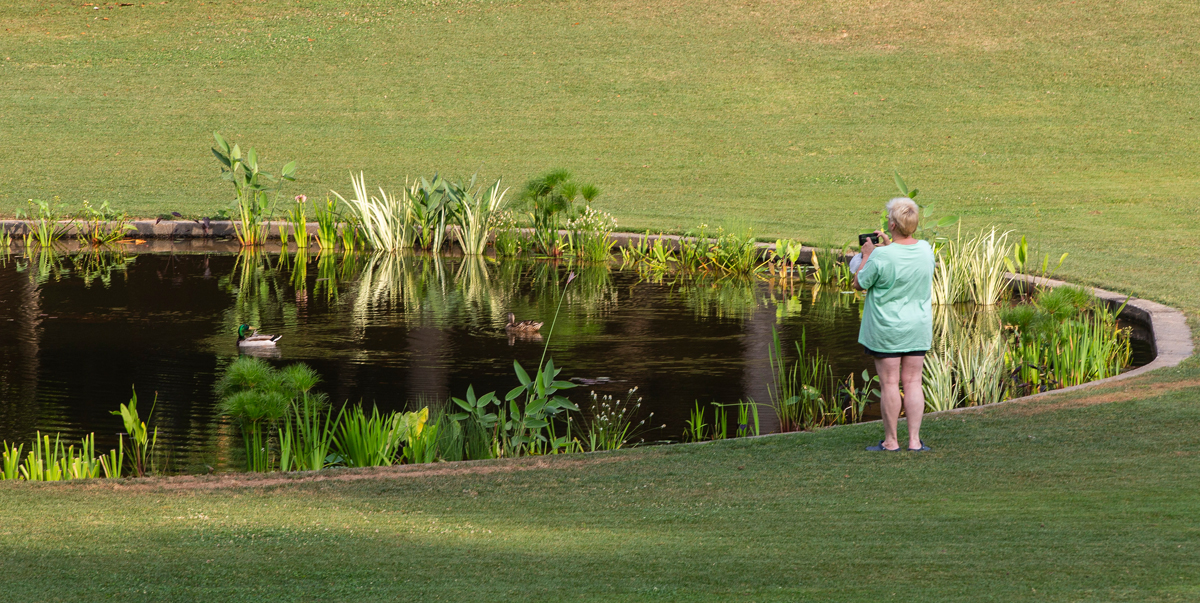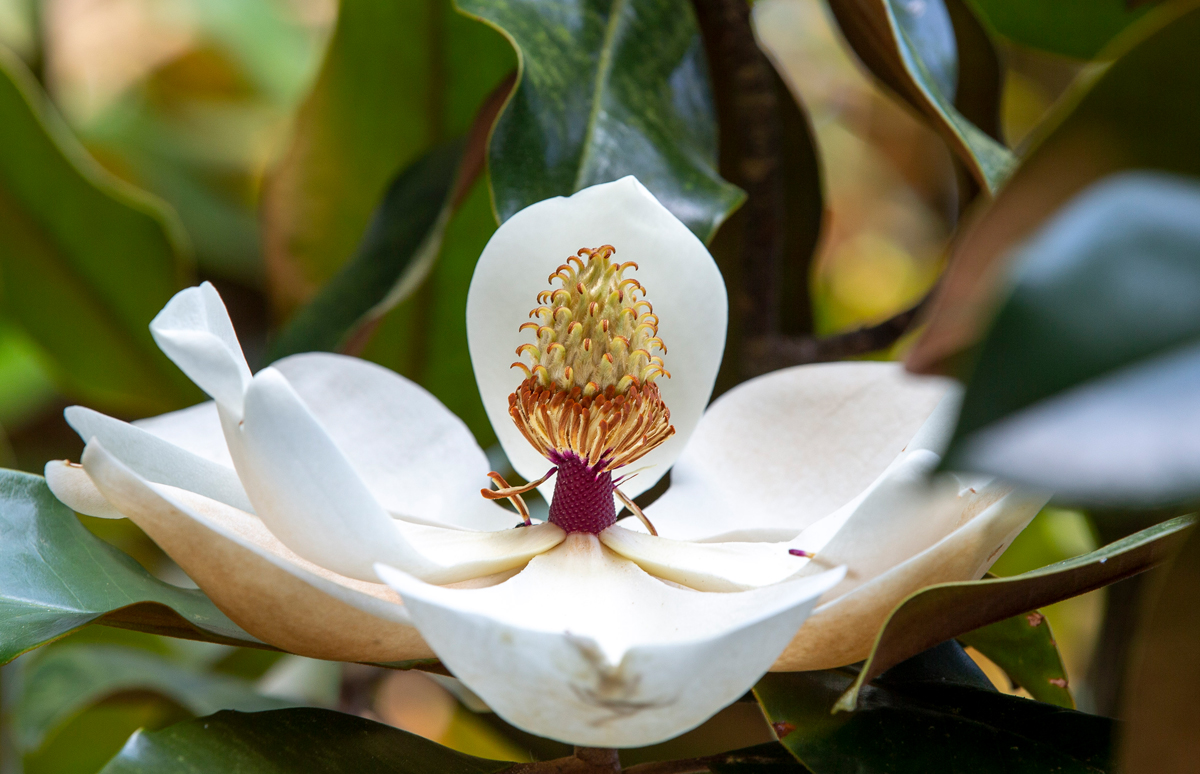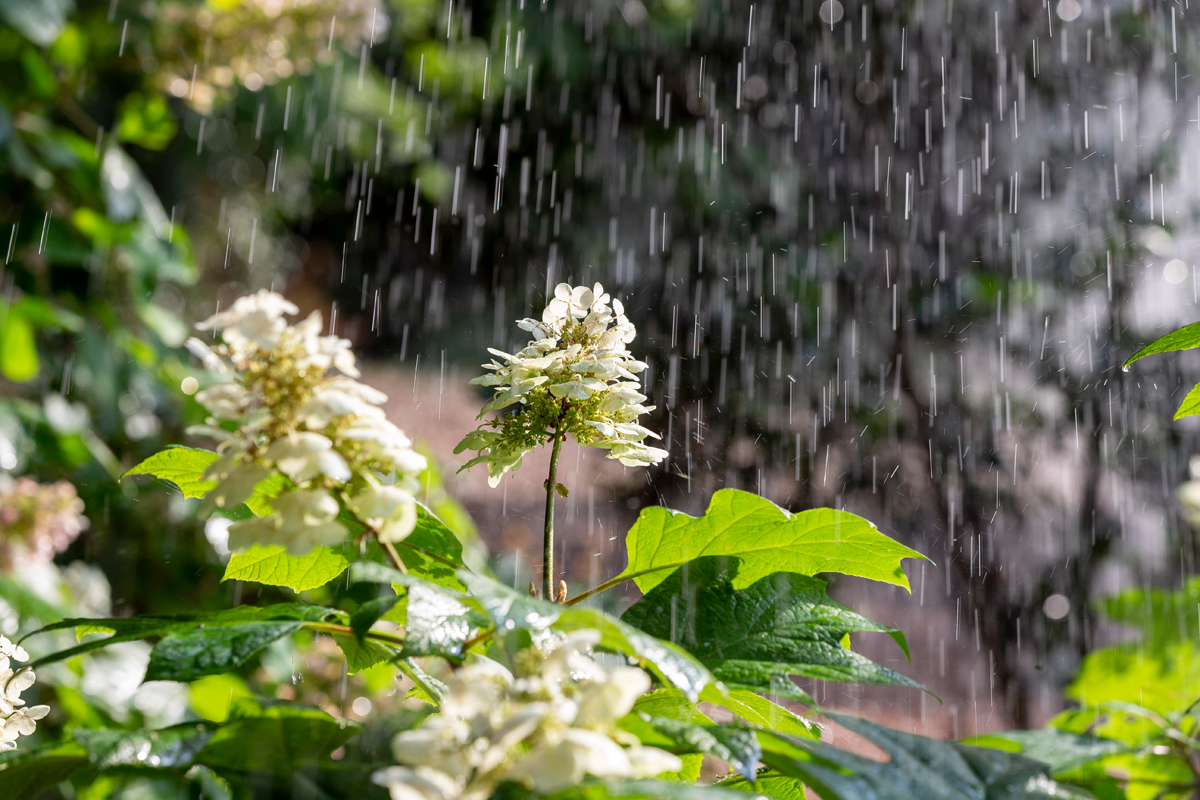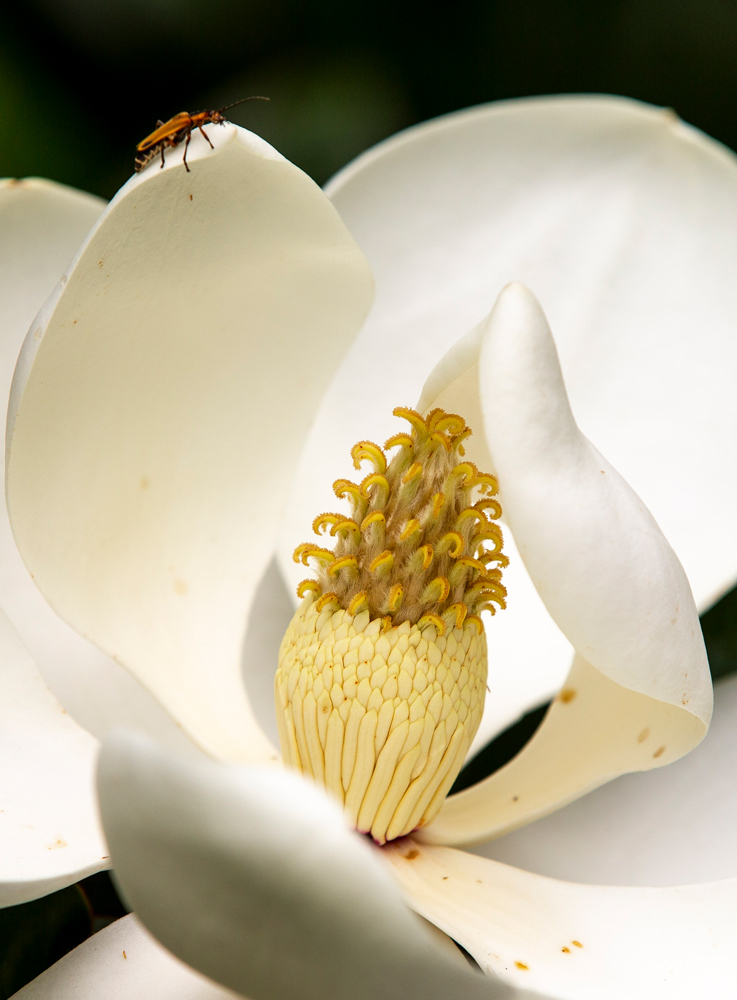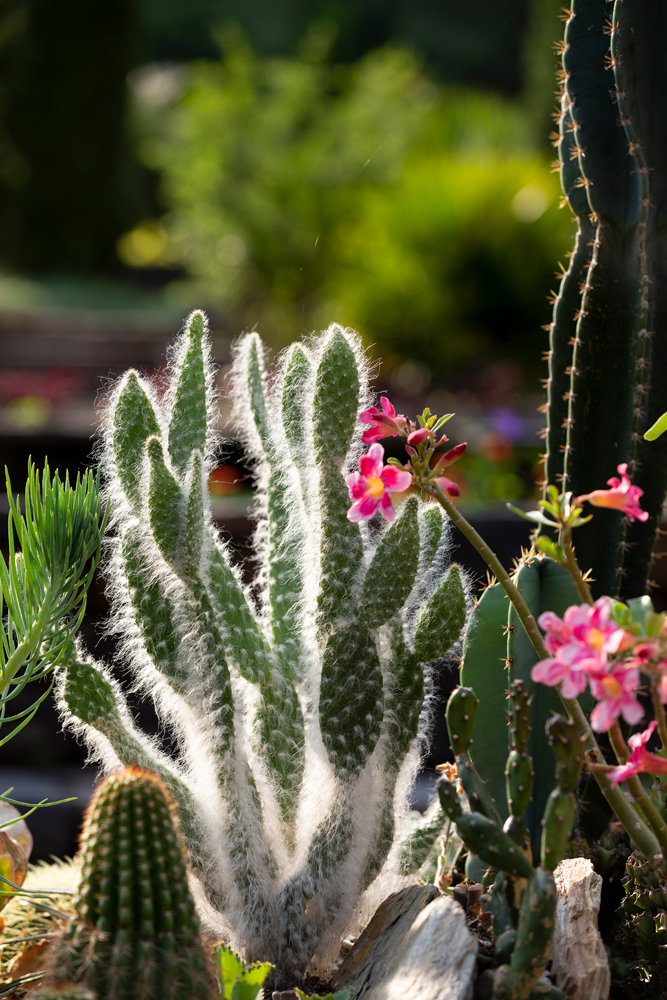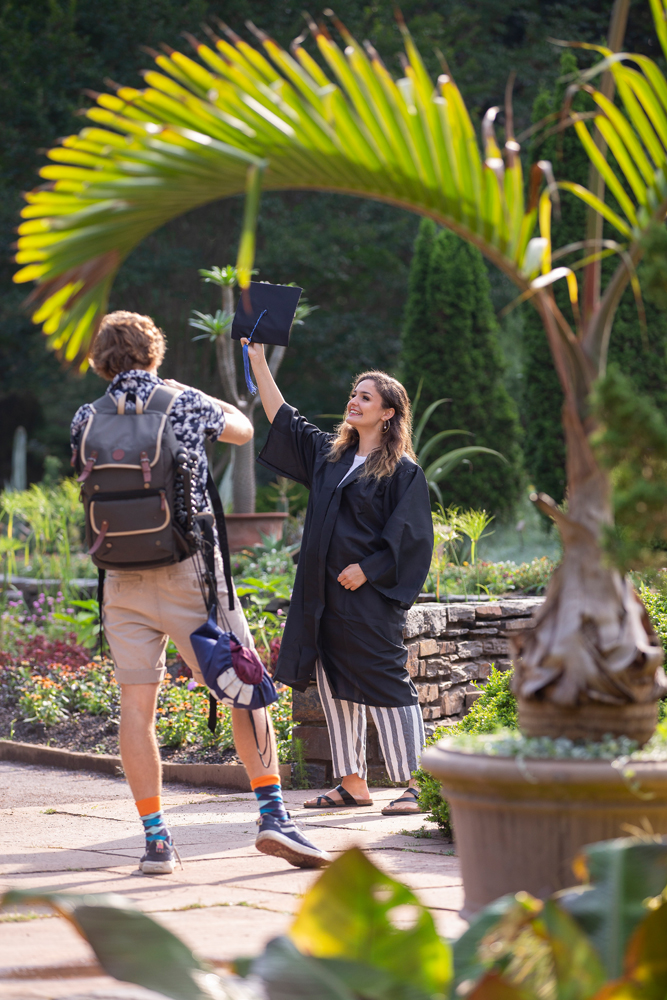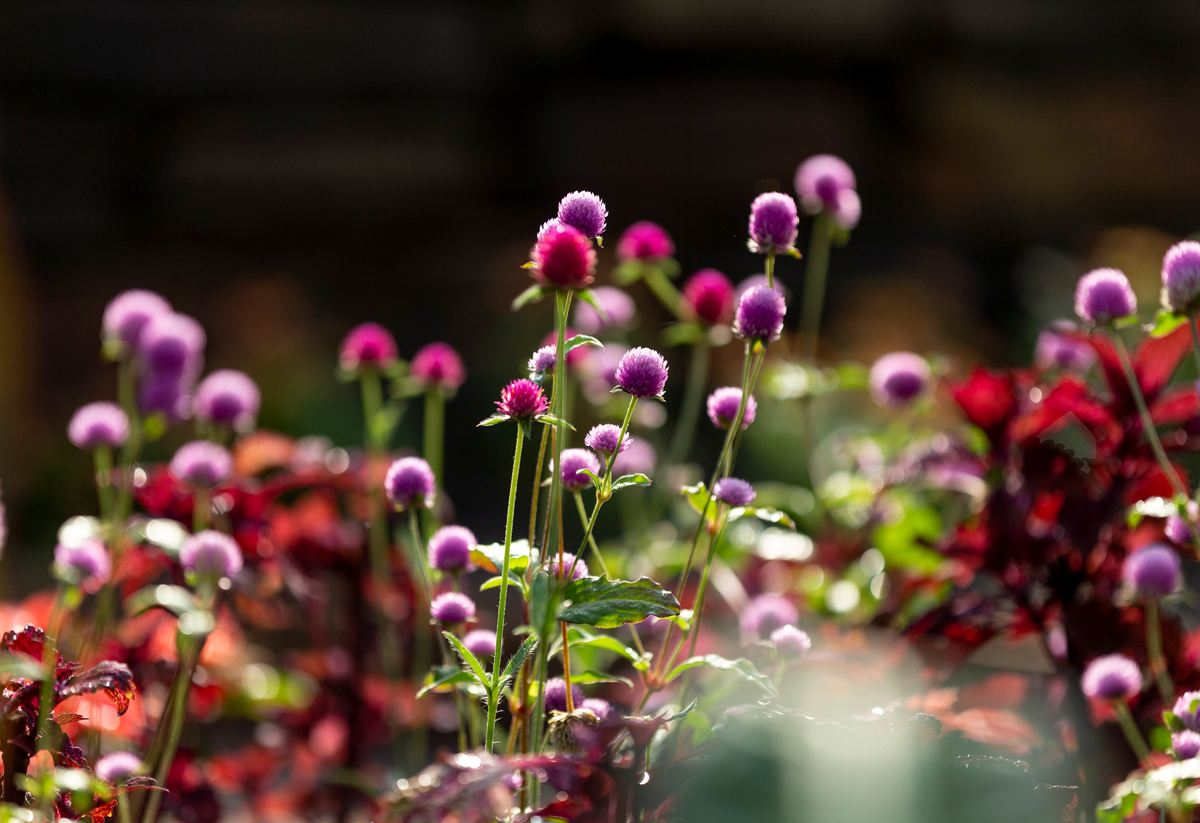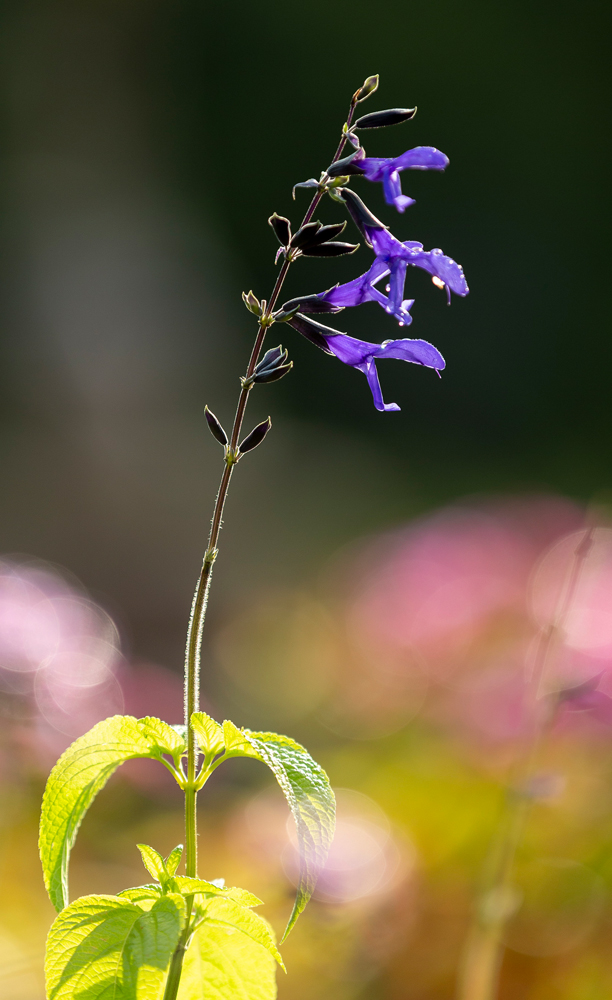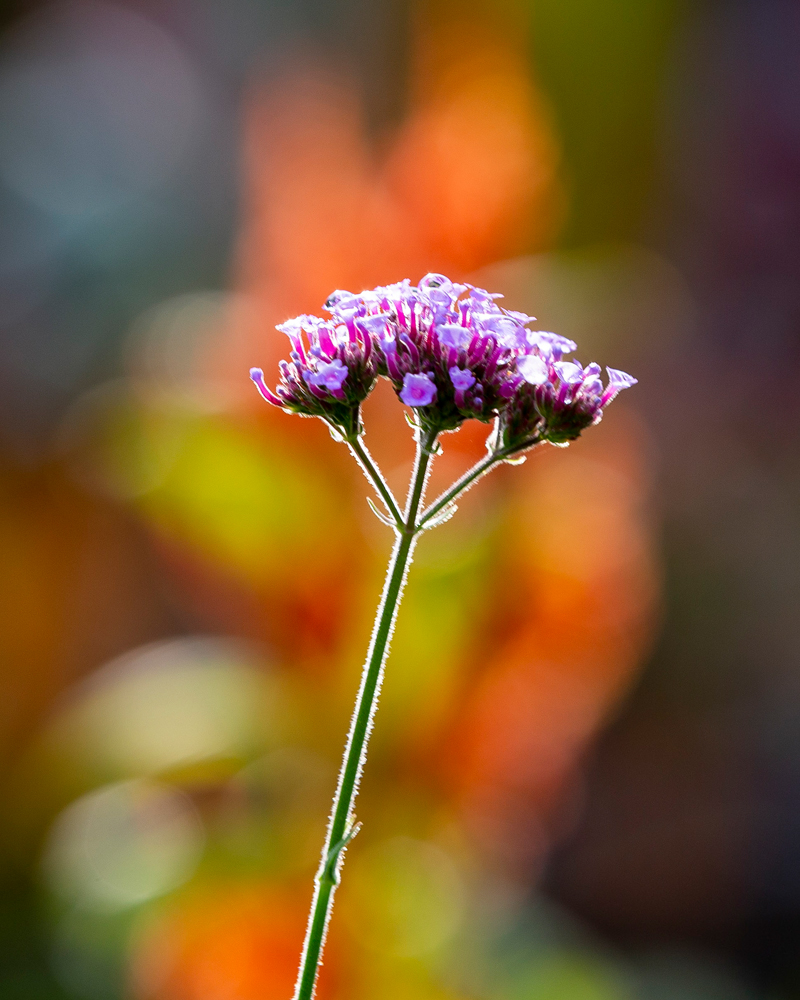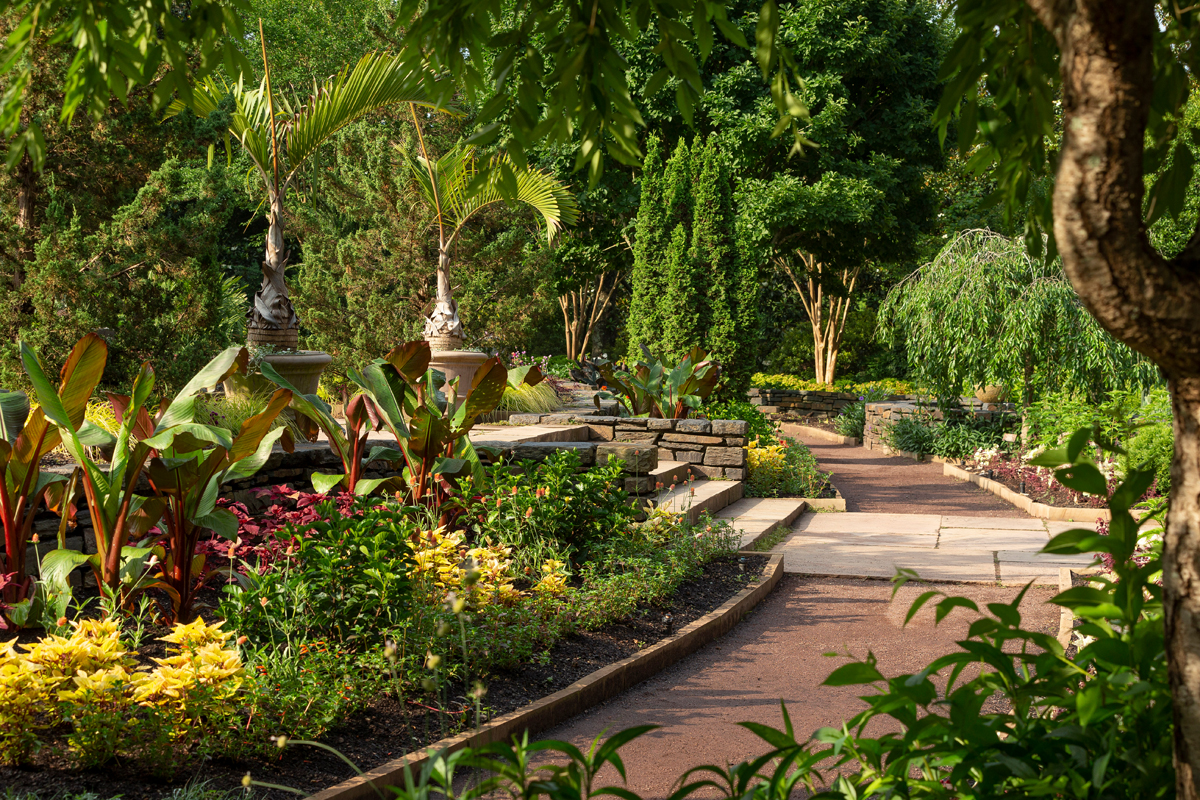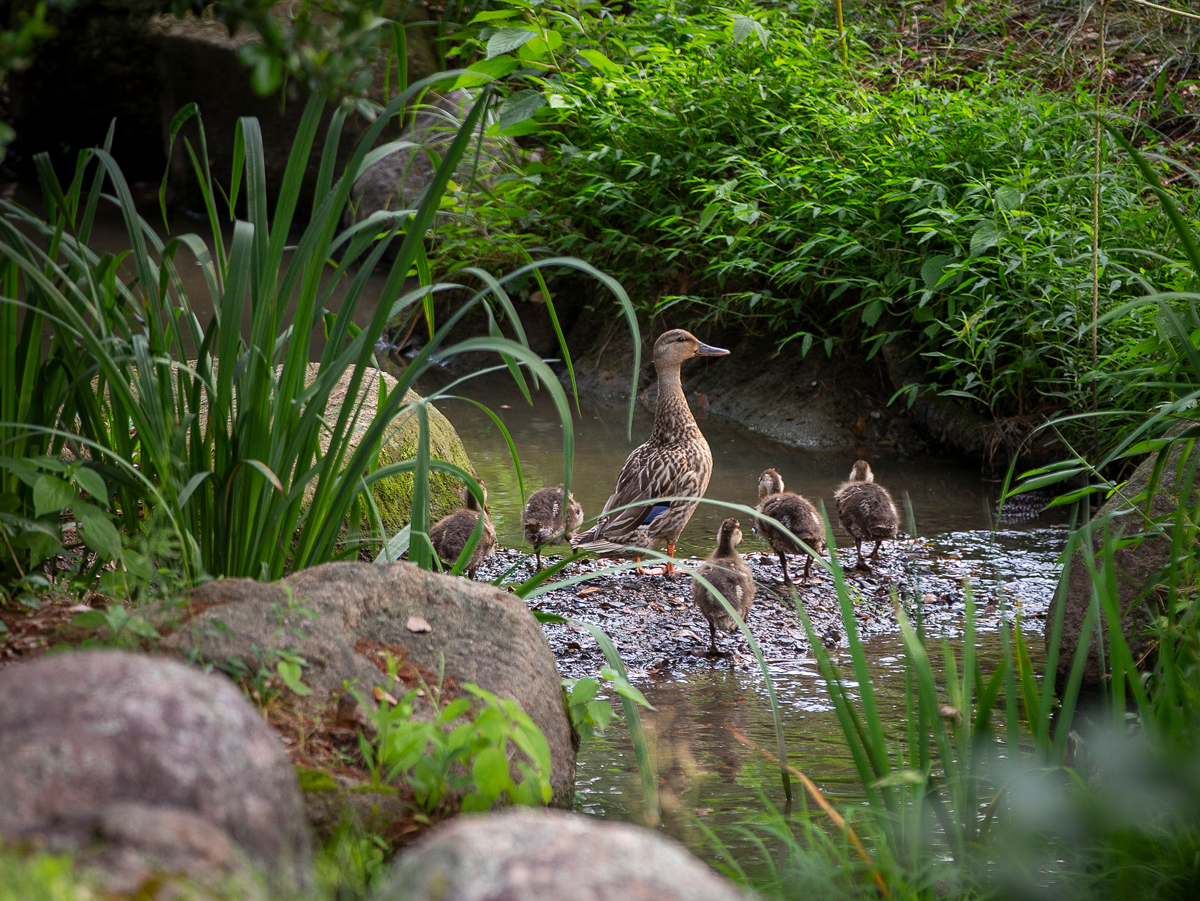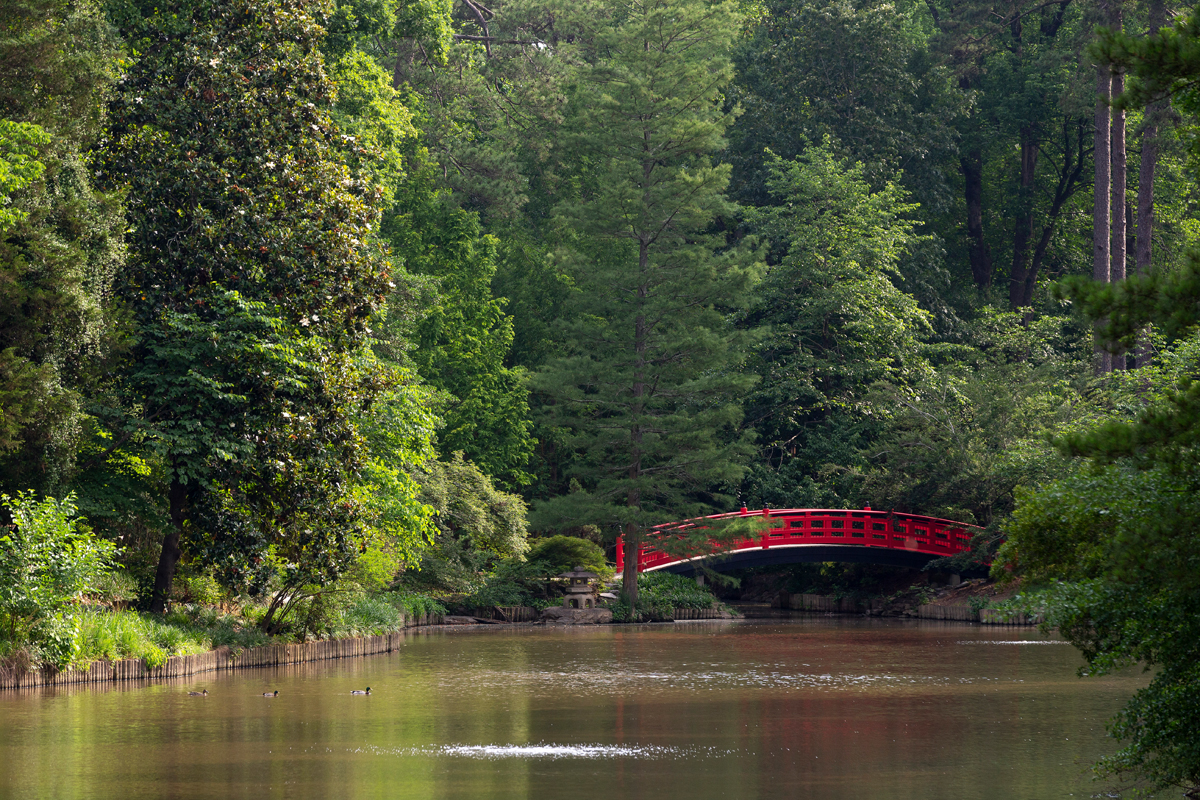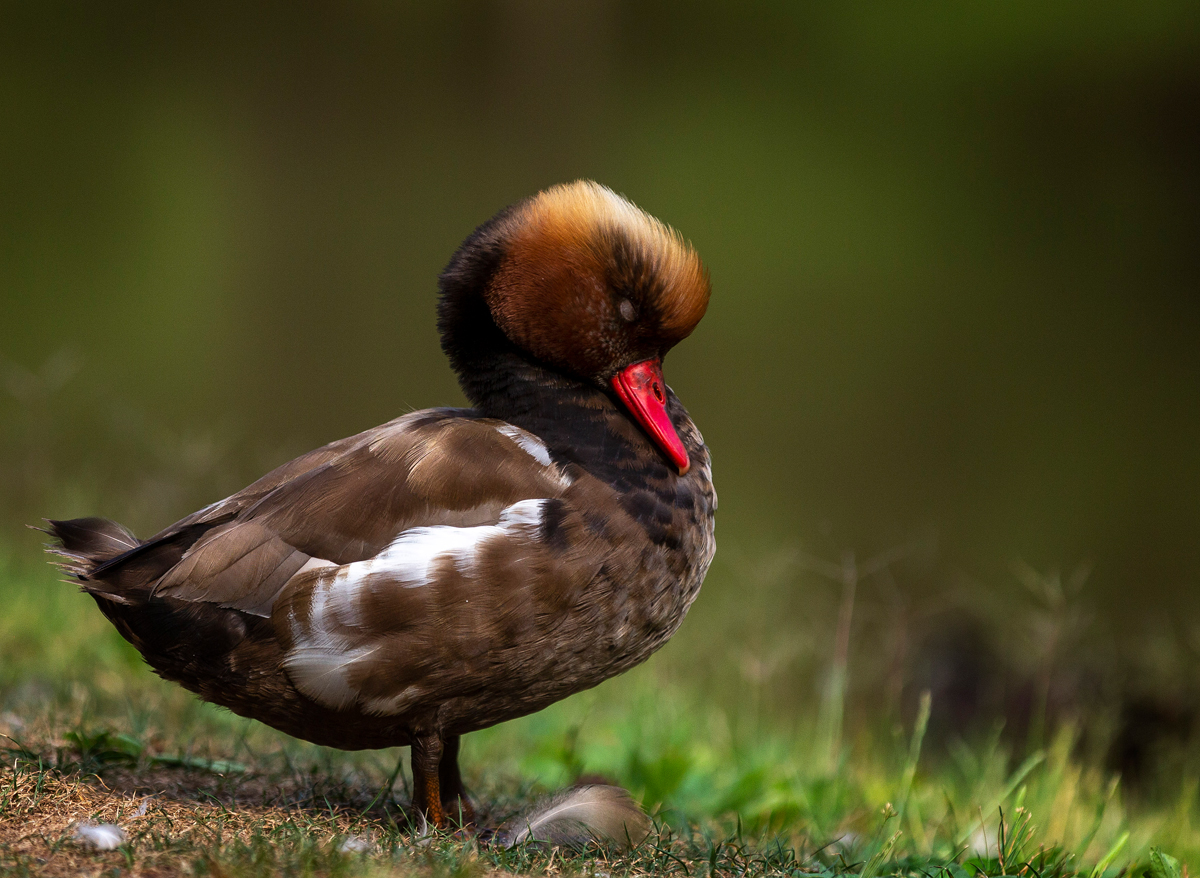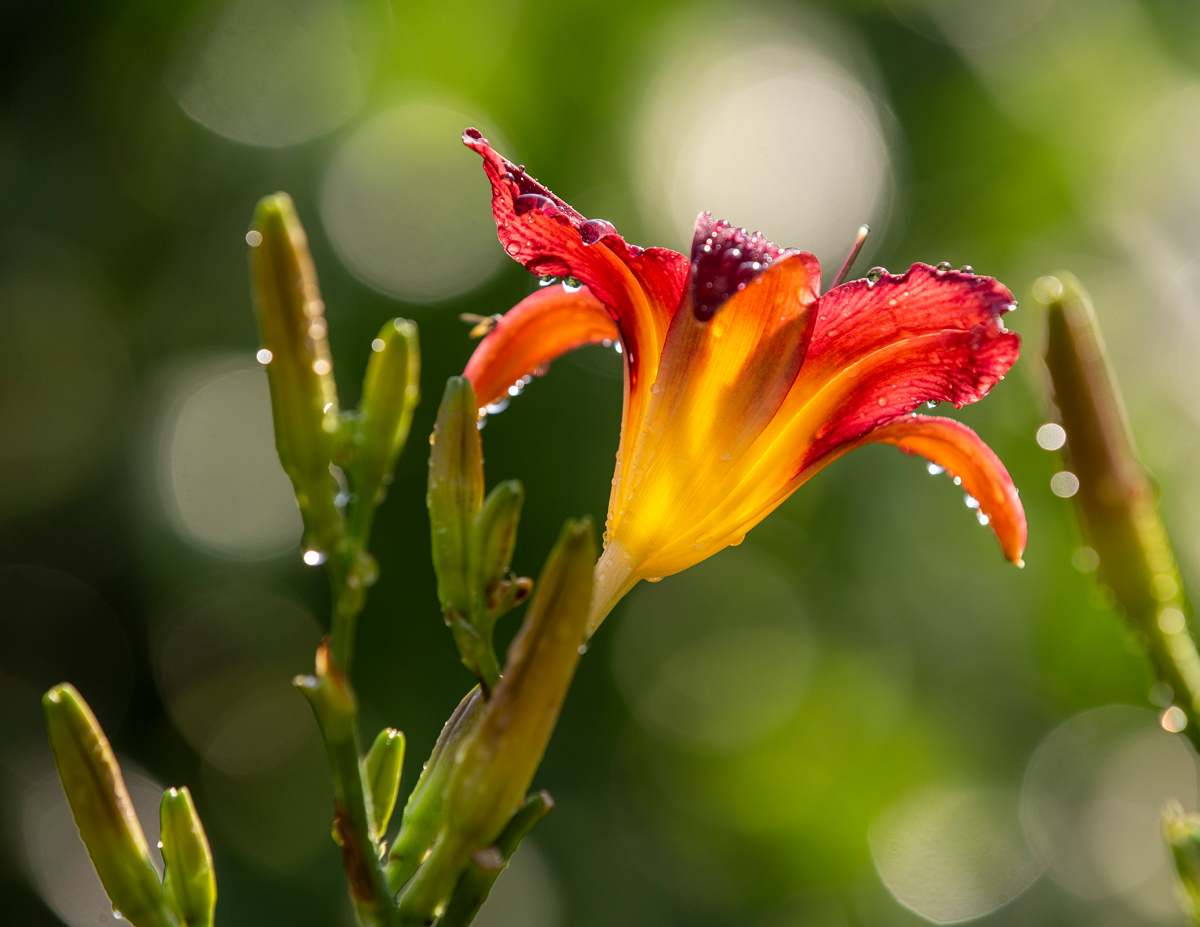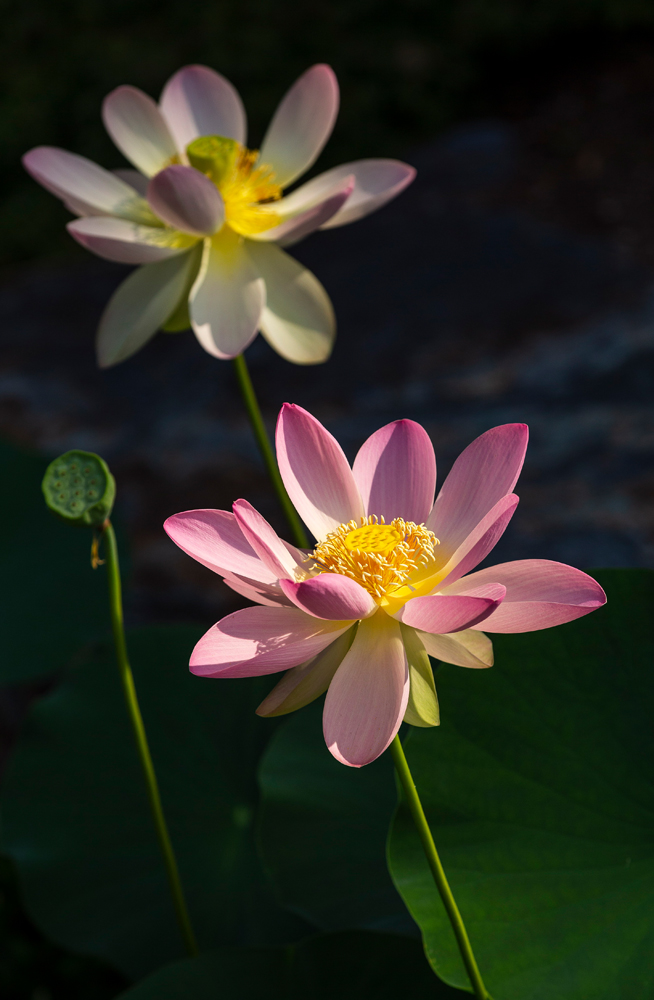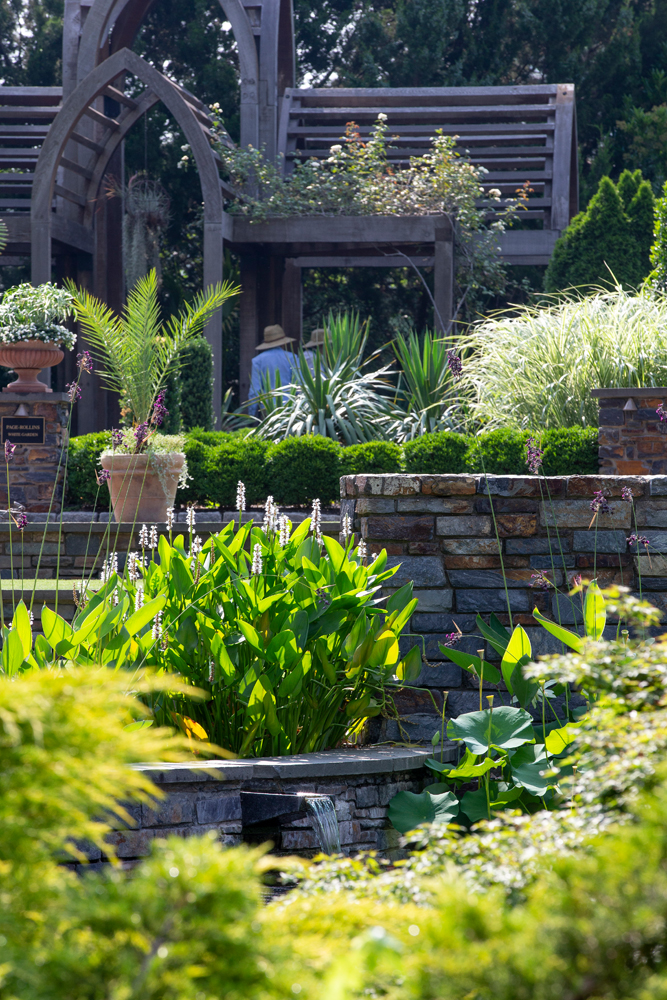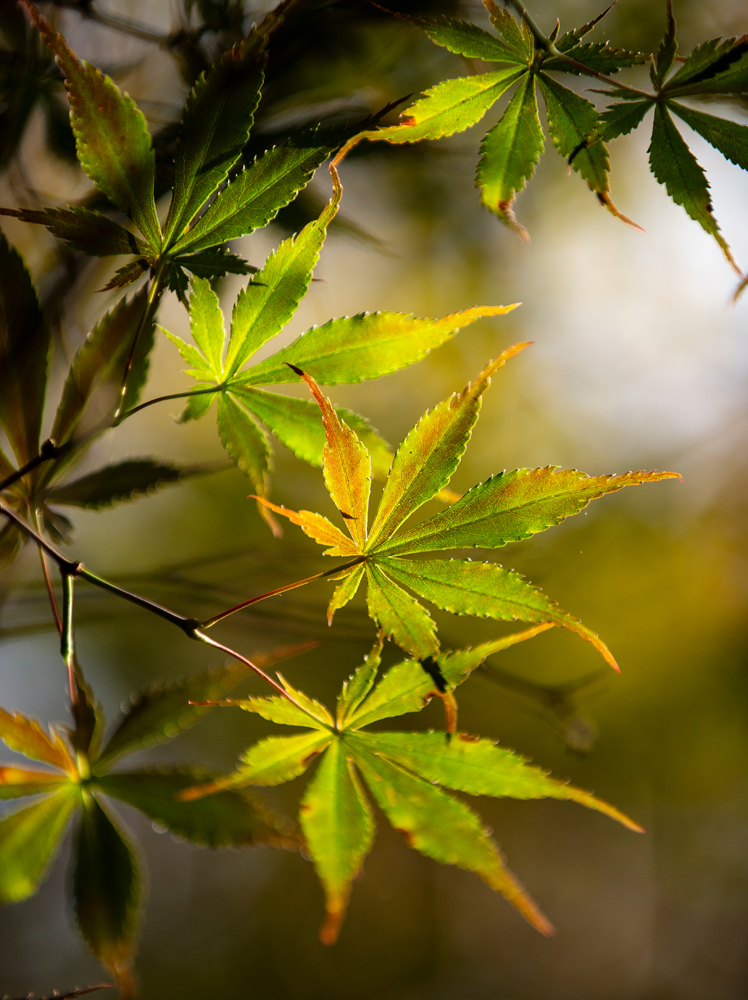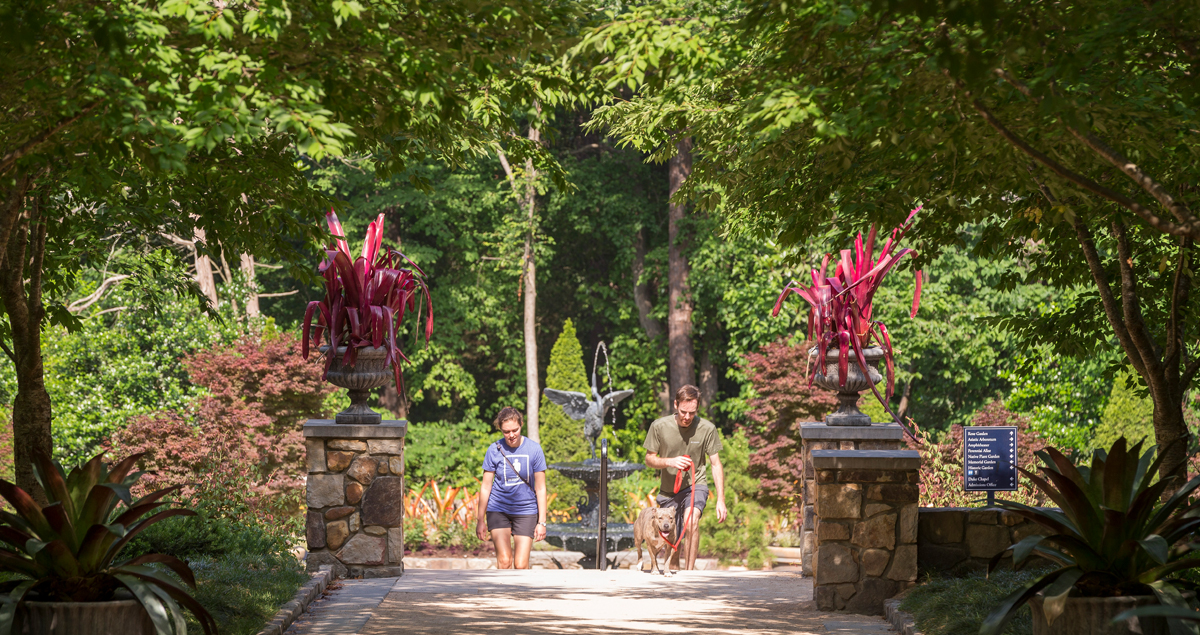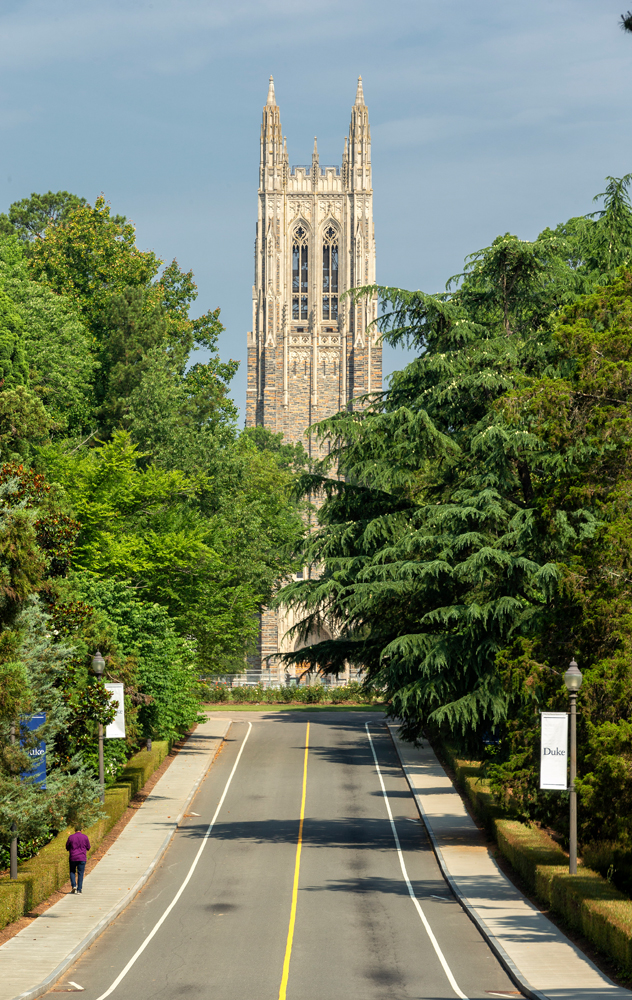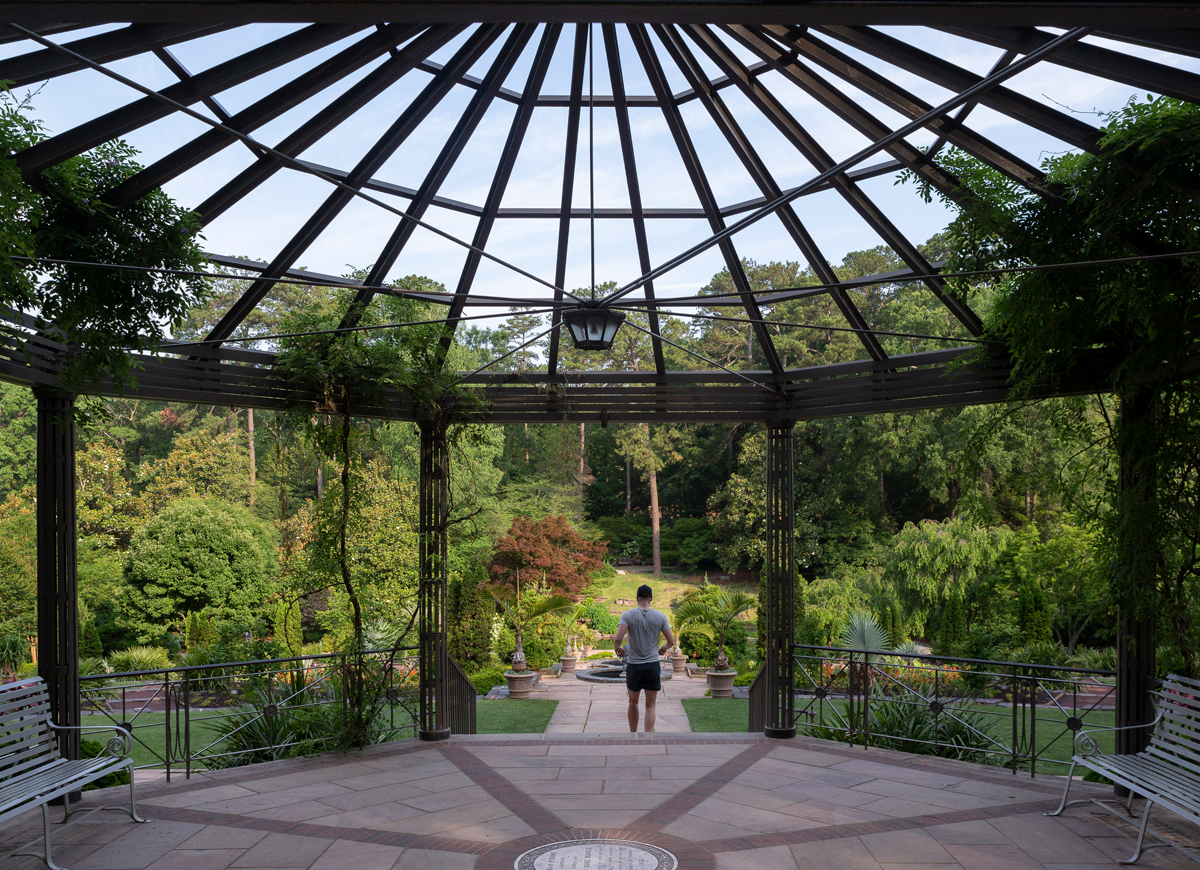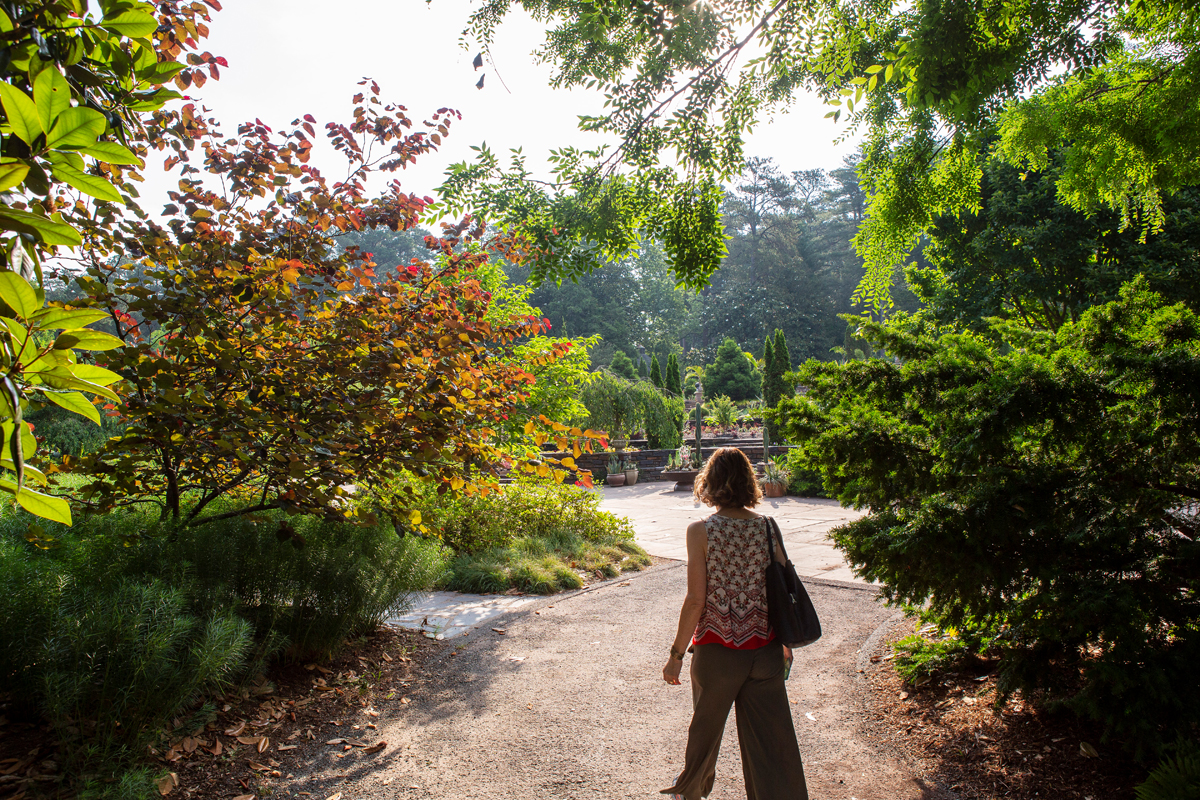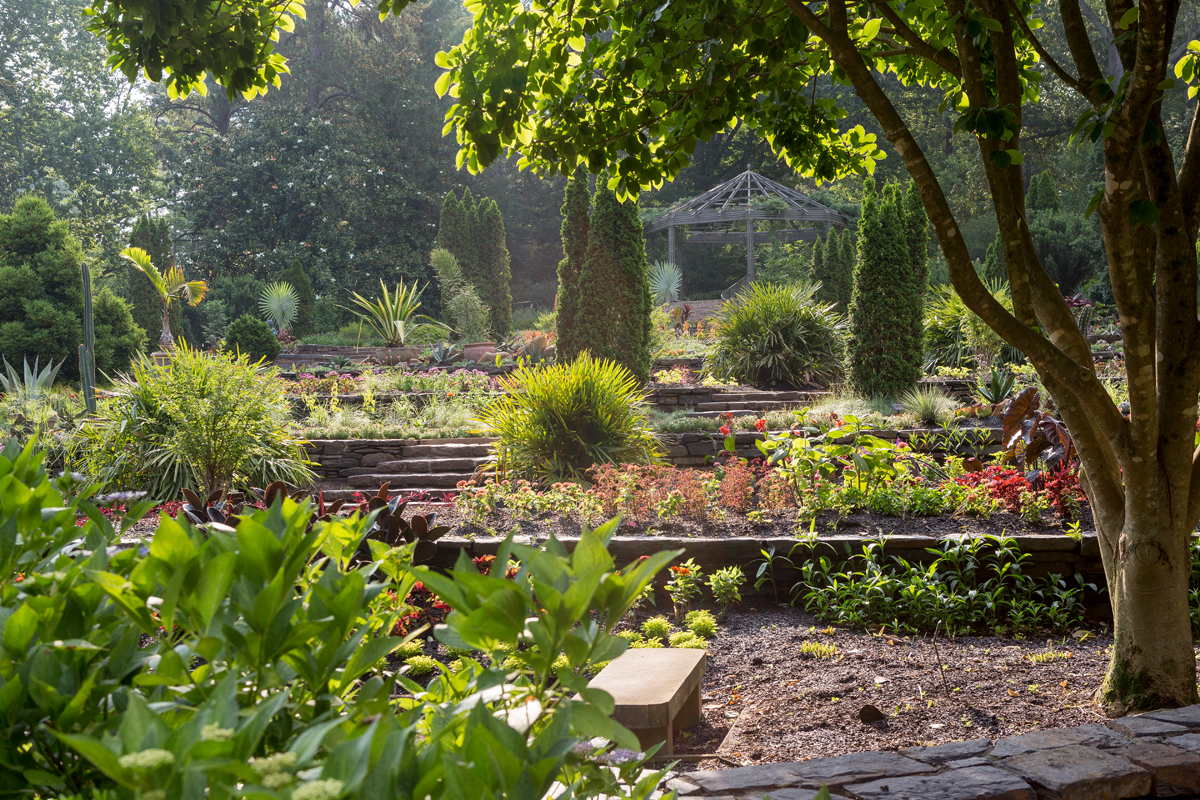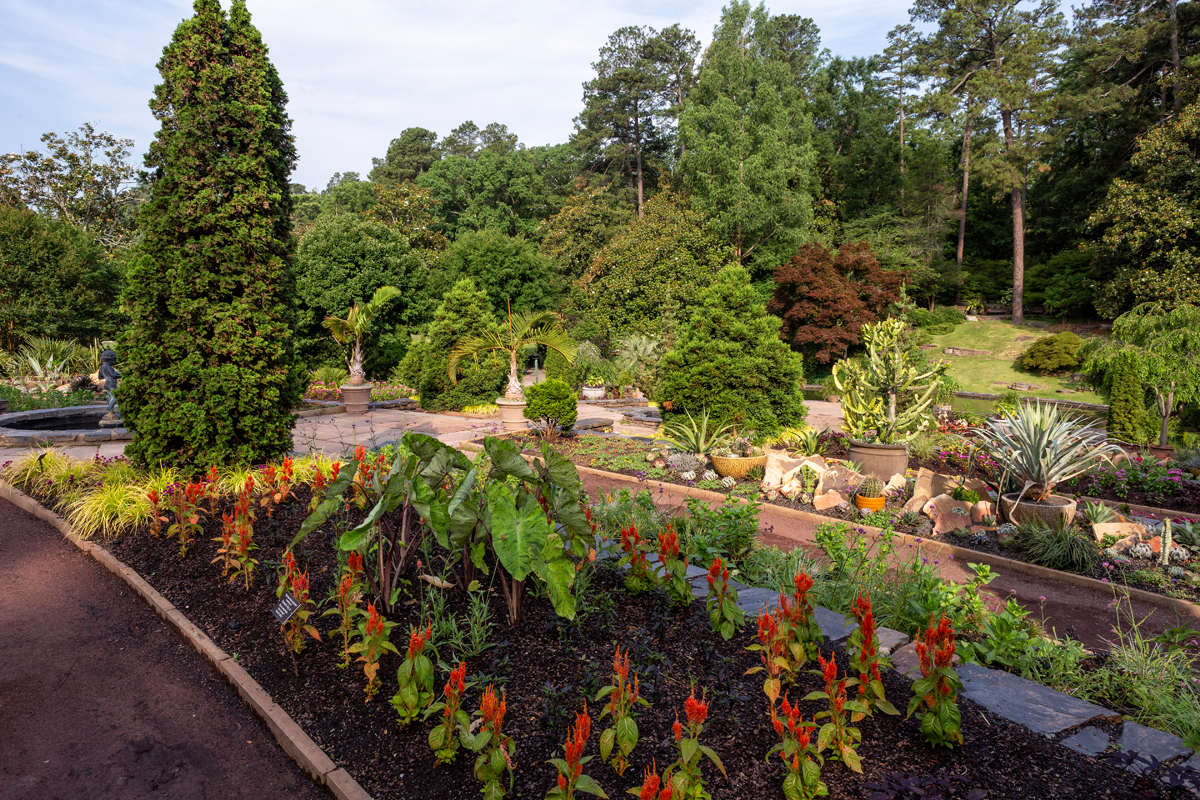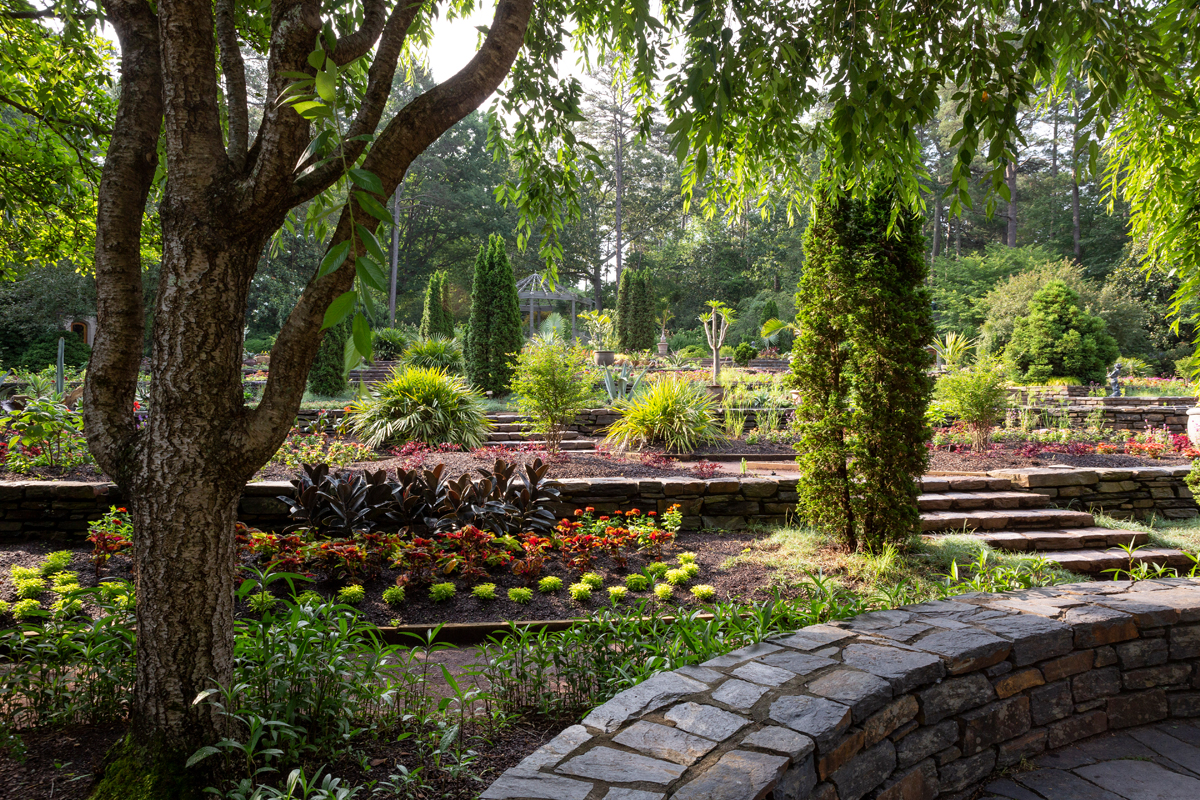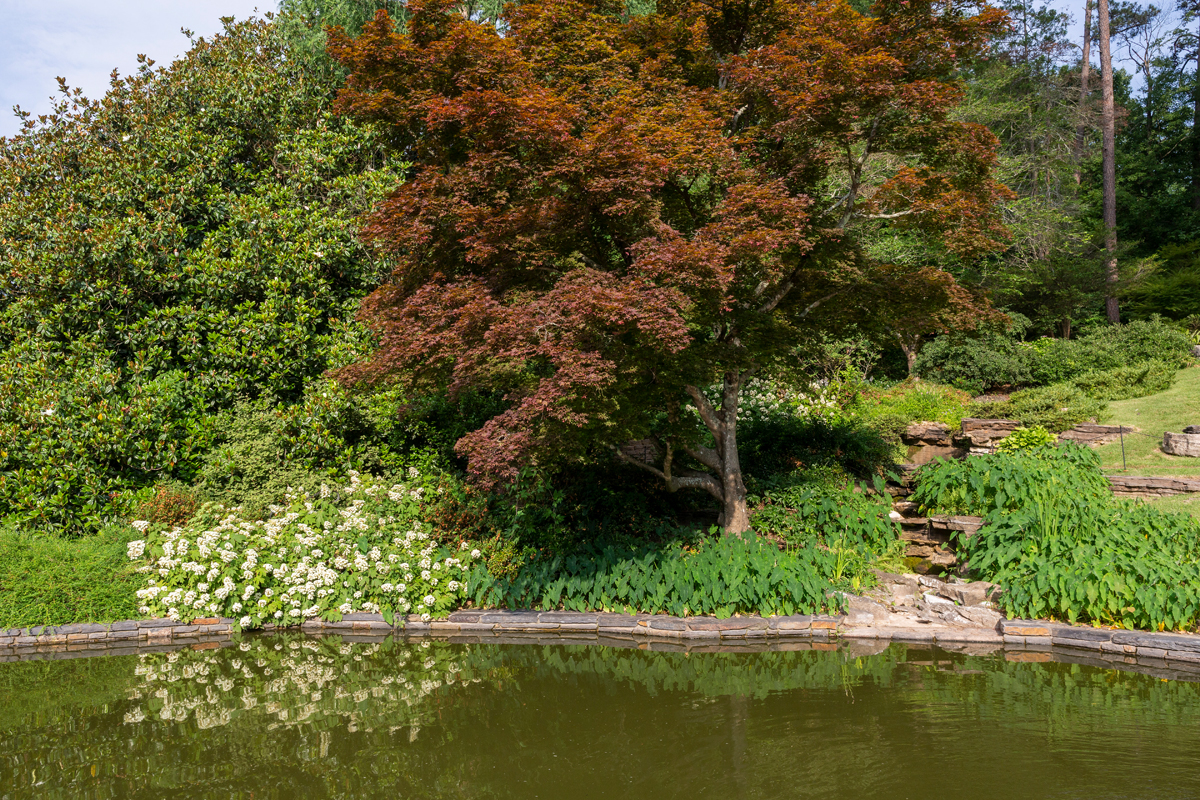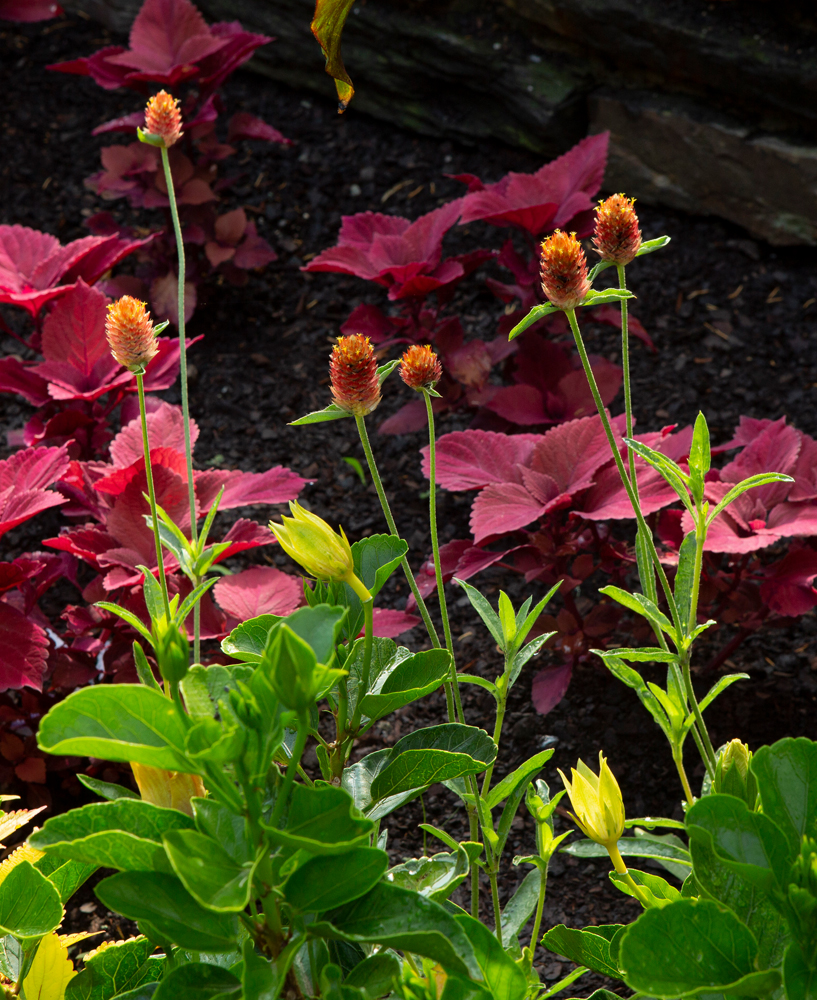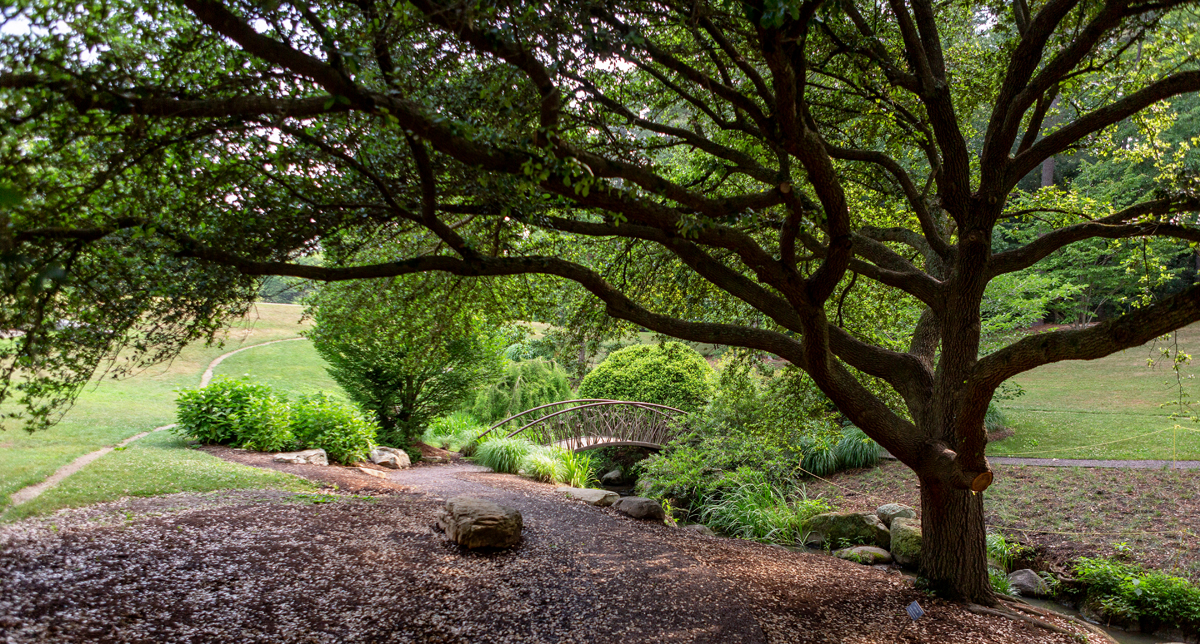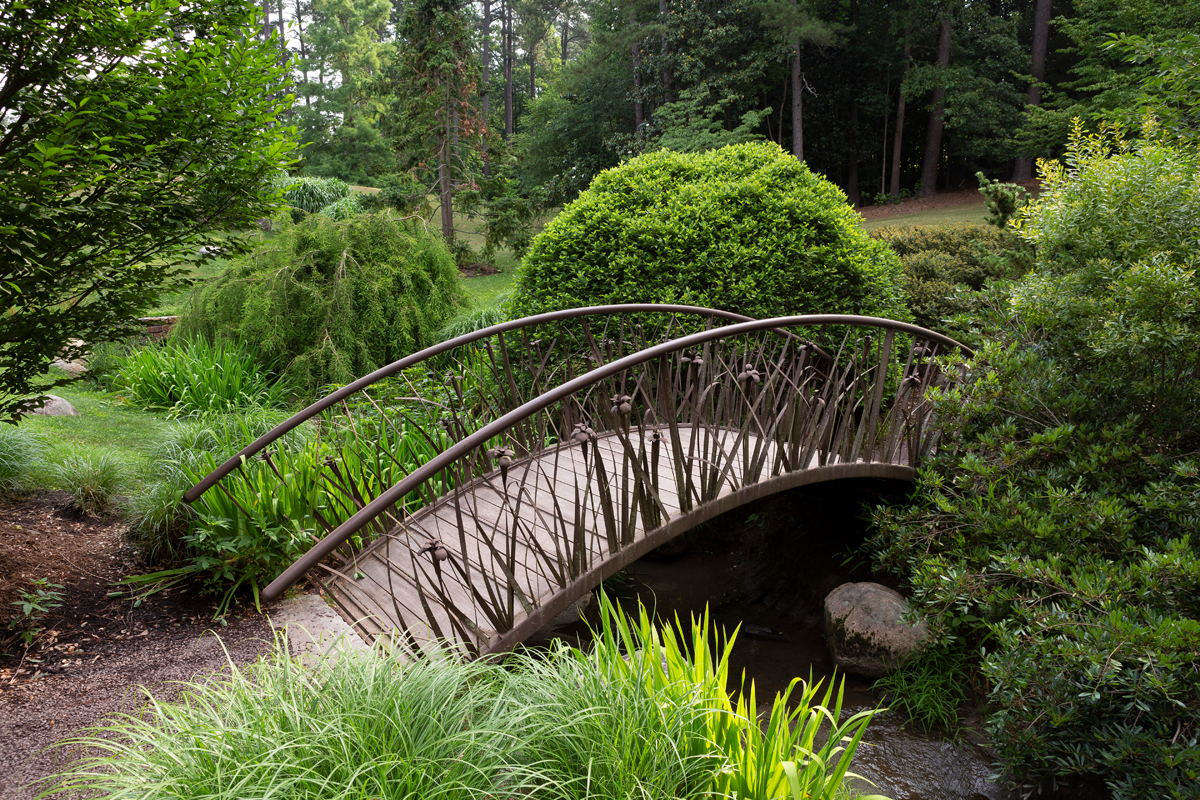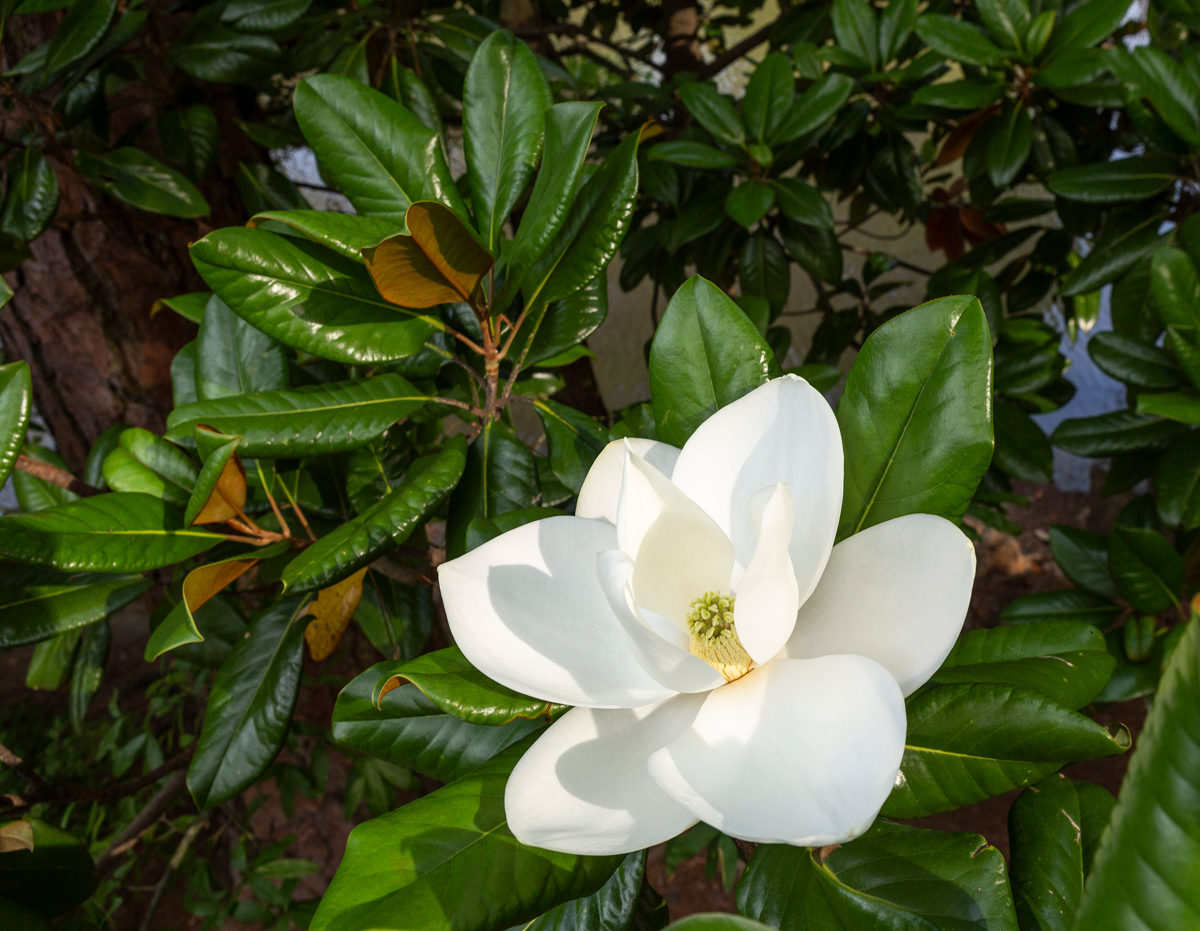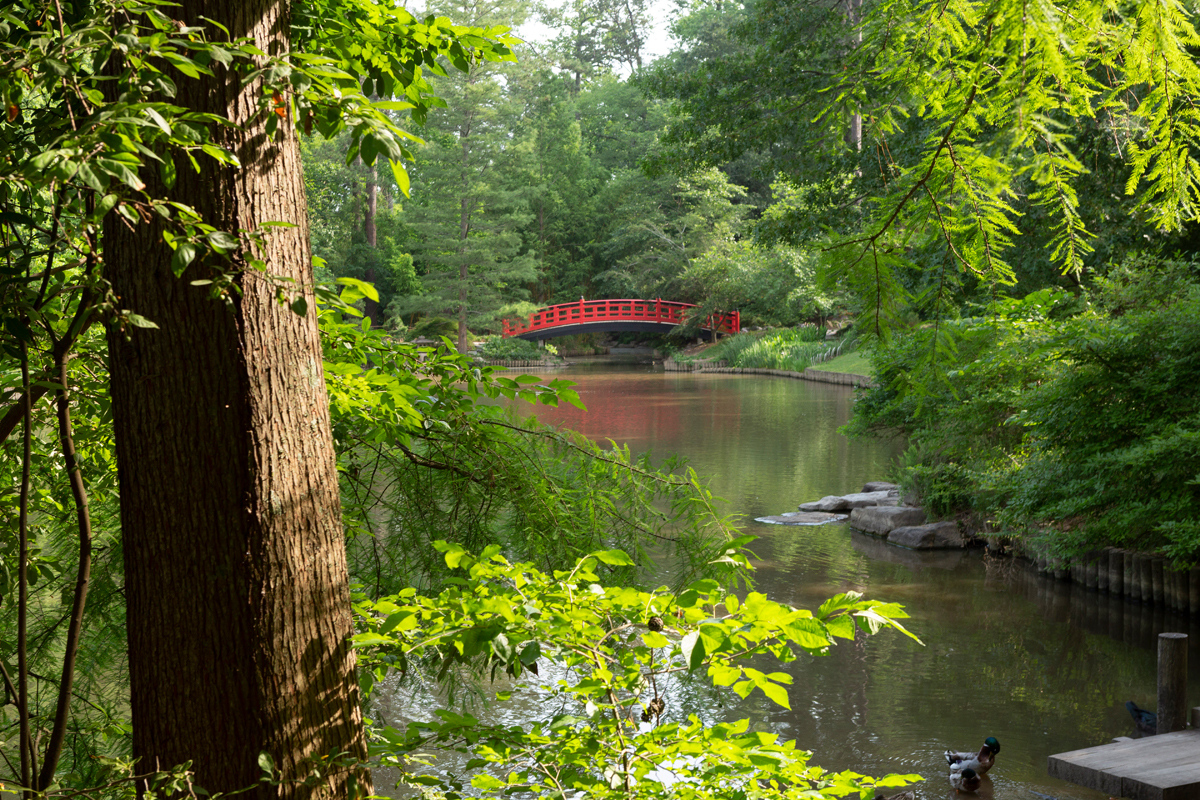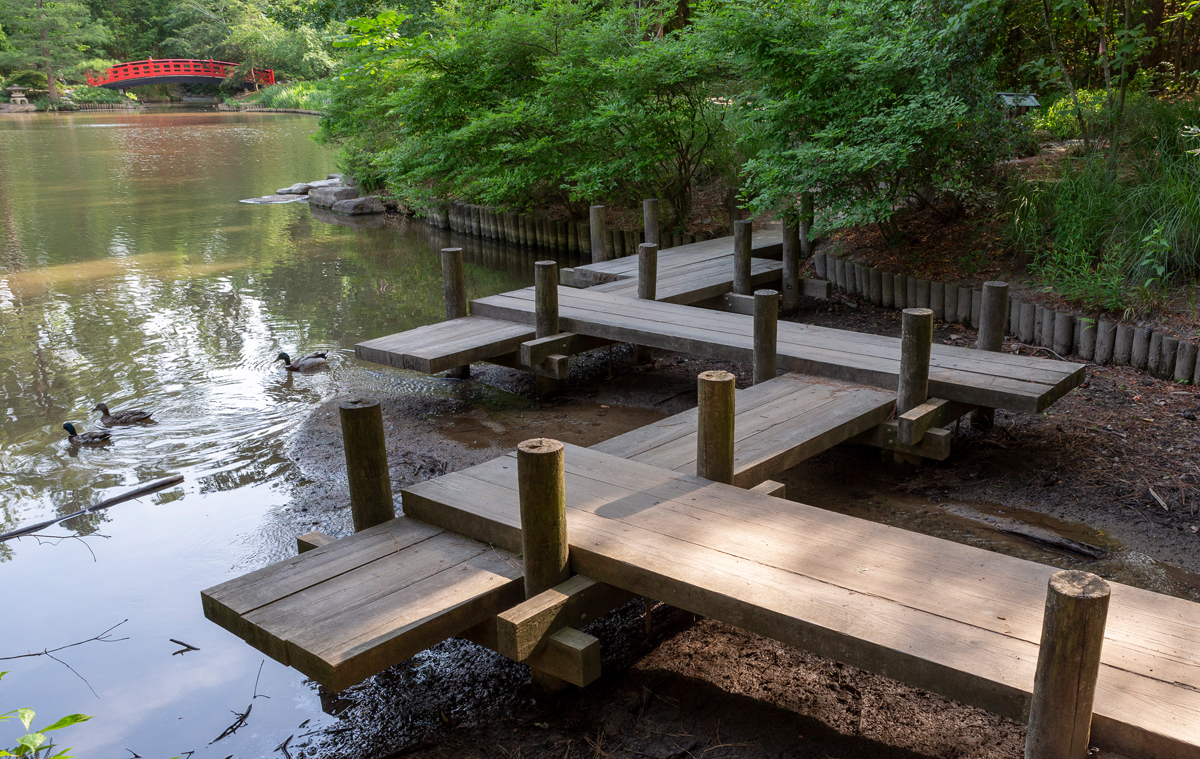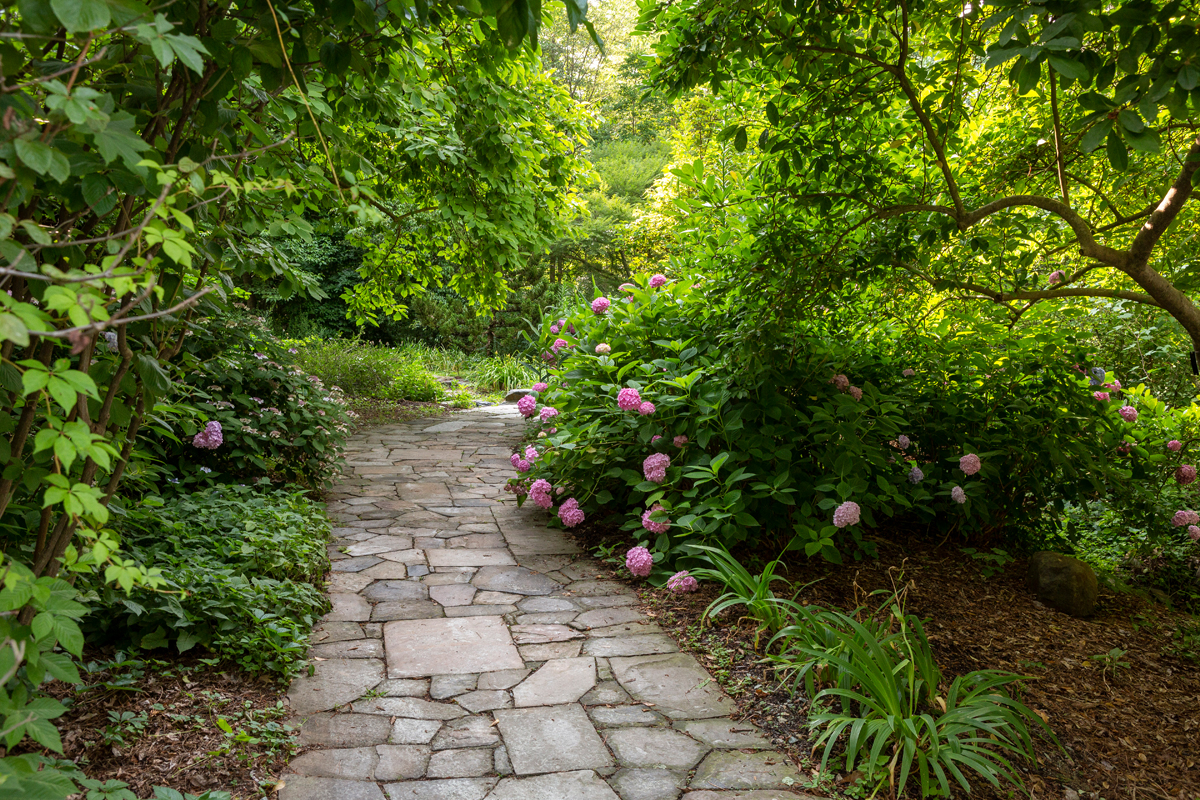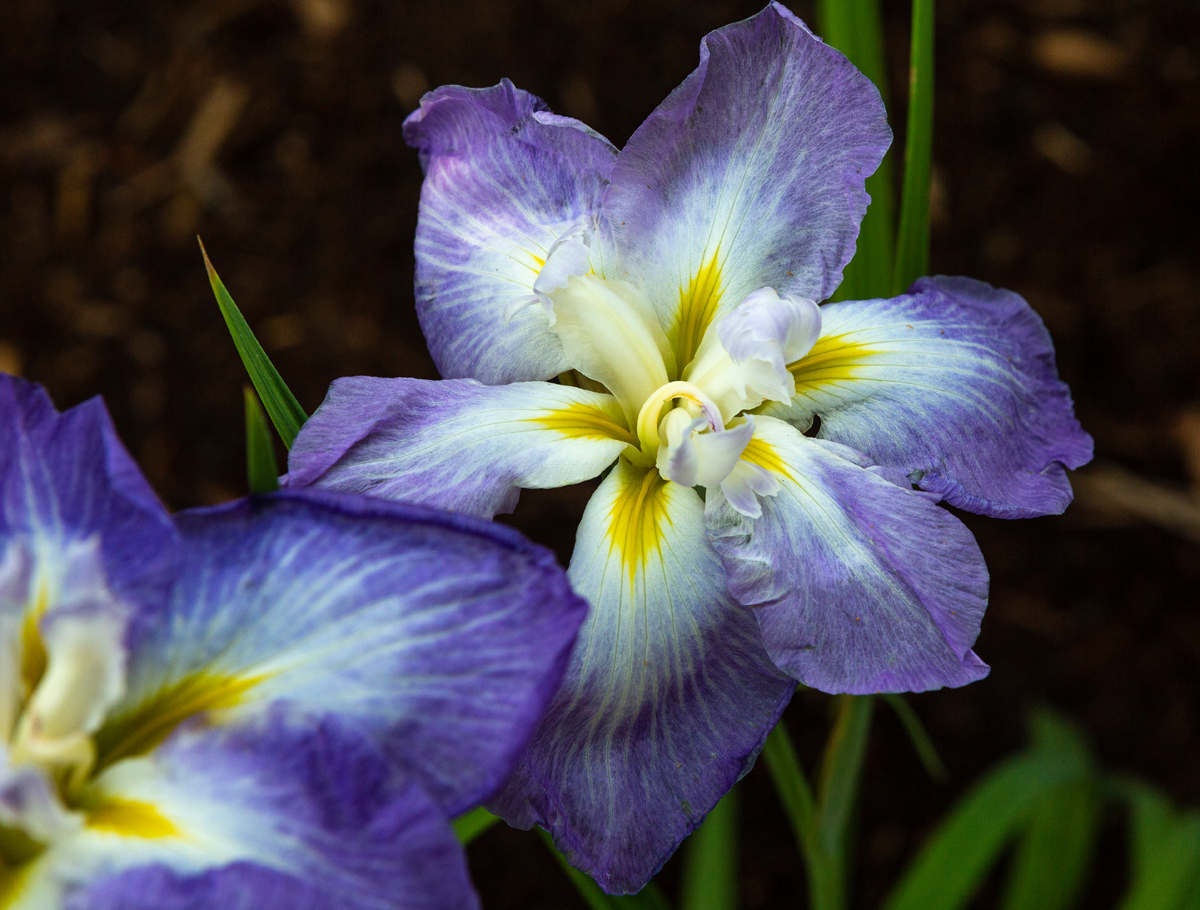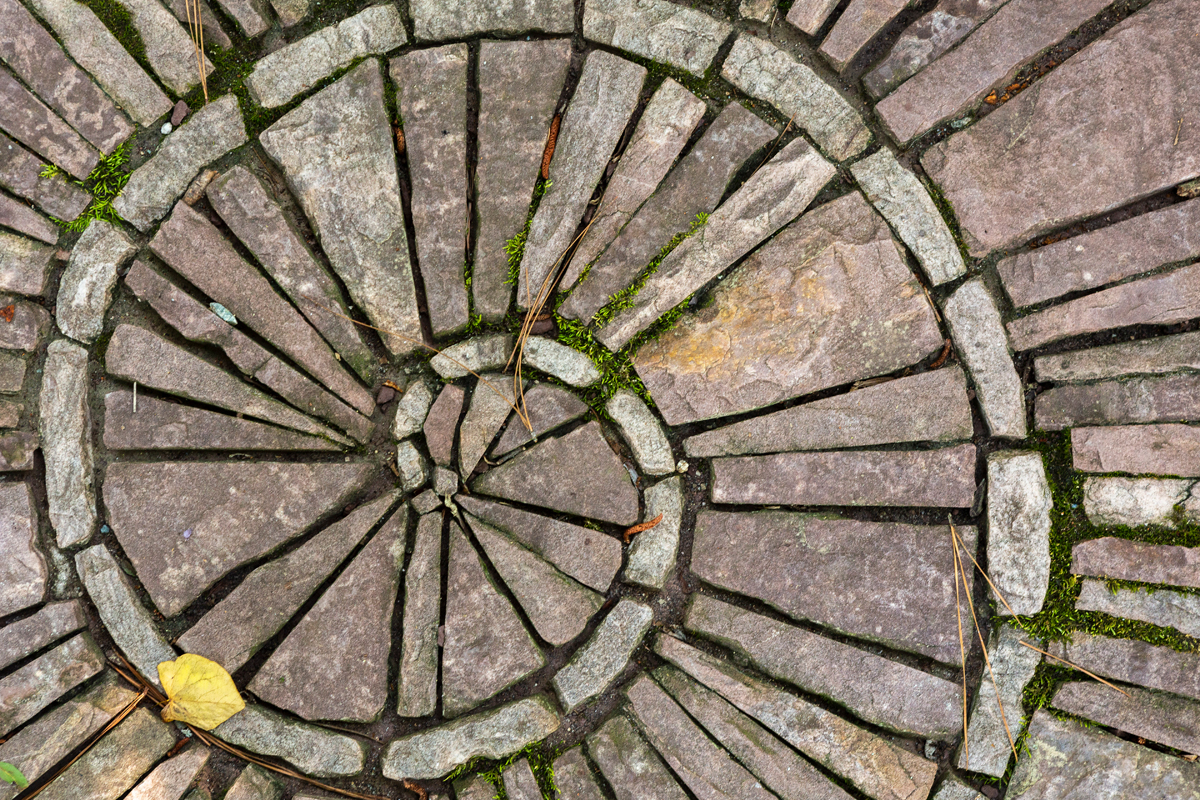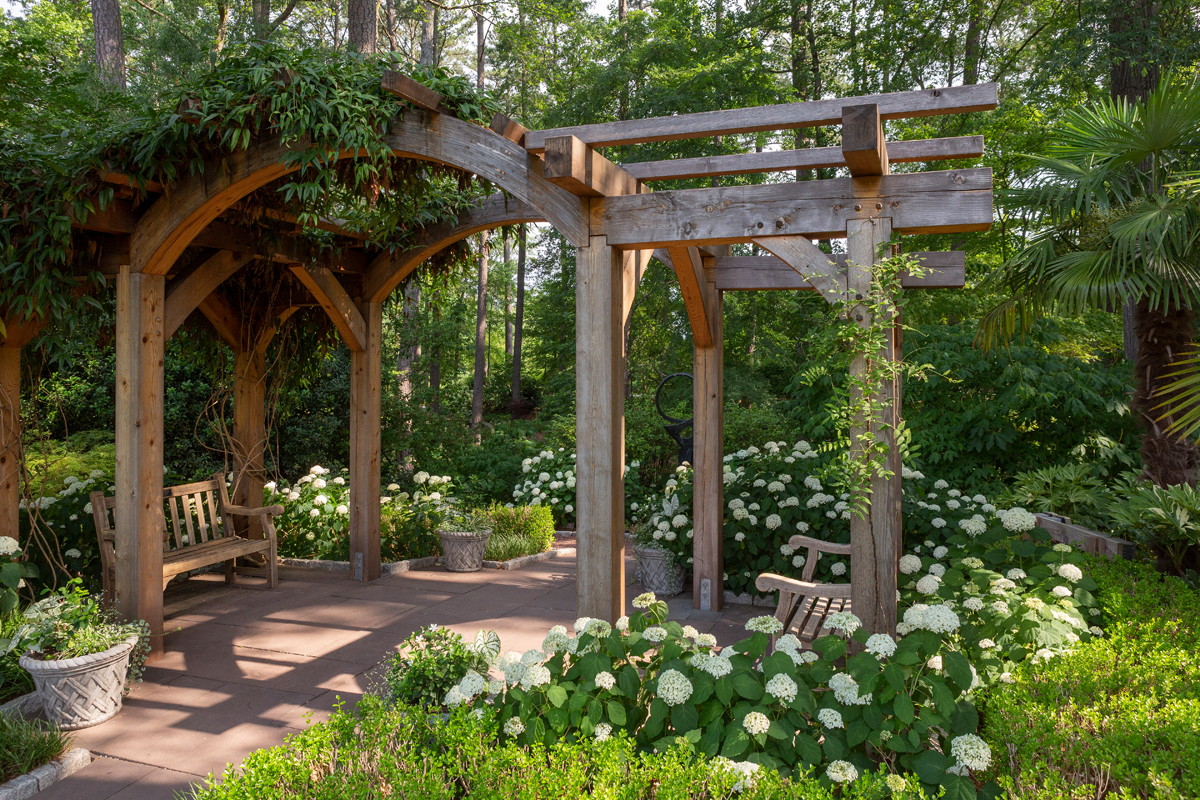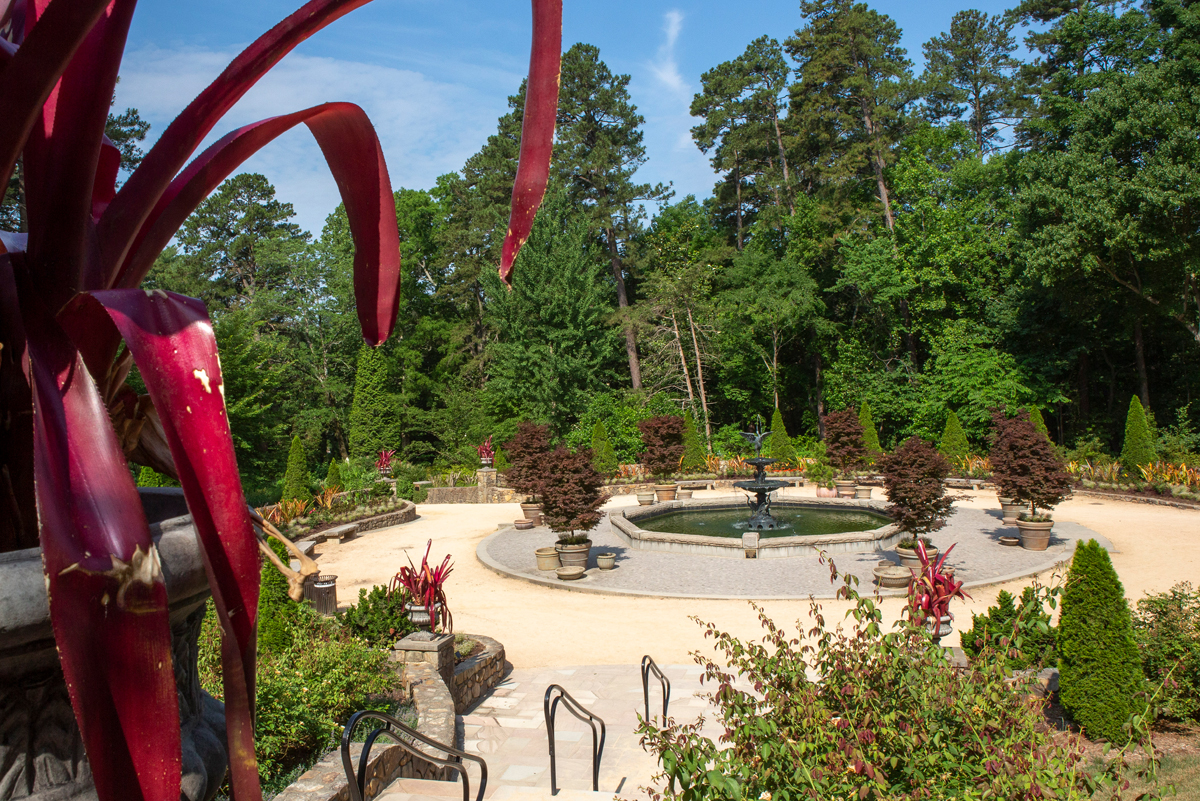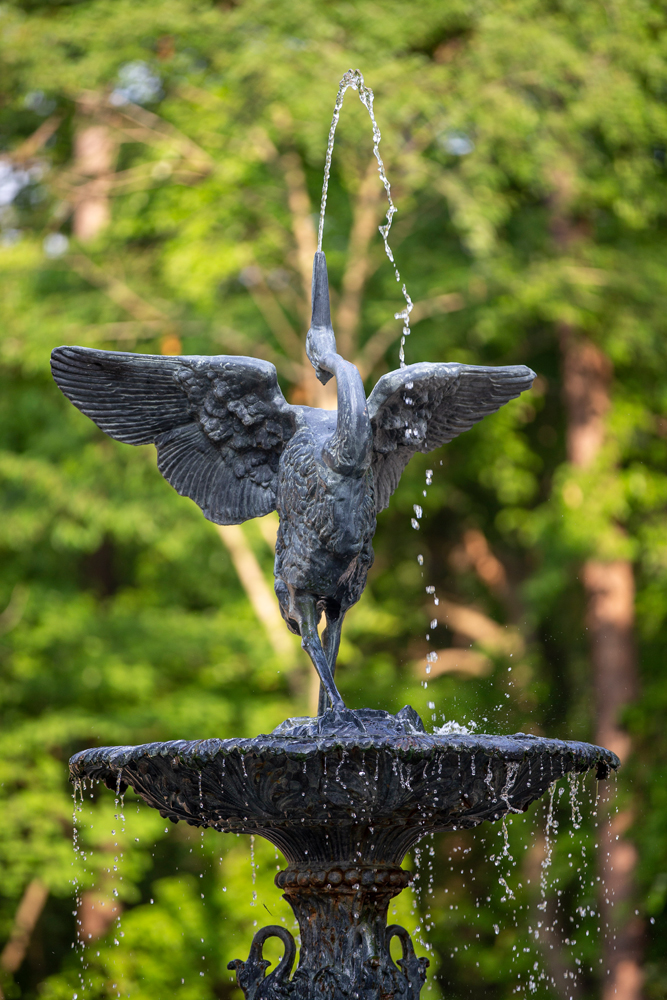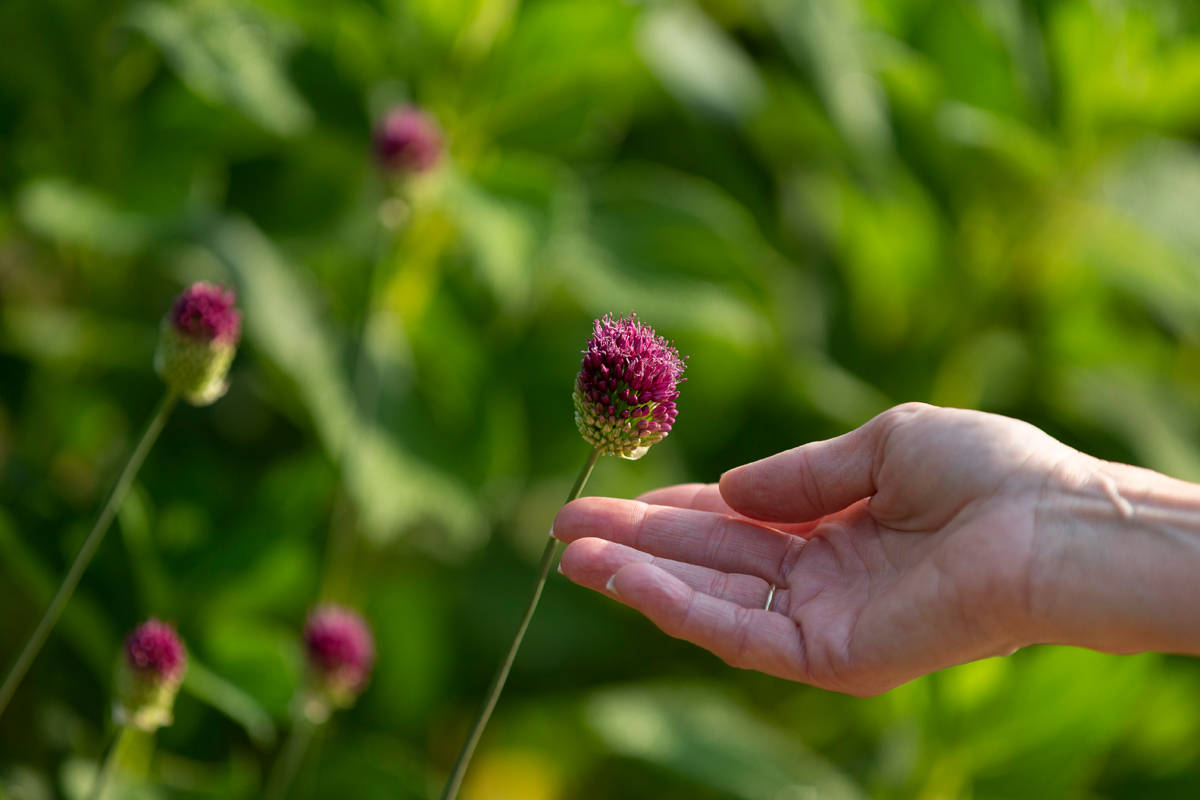In the late 1920s, a plan was drawn up for an ornamental lake on Duke University’s campus. When the Great Depression hit and the economy shattered, the lake was the first thing cut out of the budget.
Instead, in 1935, a substantial garden full of irises, daffodils, small bulbs and annuals, was planted in the space. Sarah P. Duke, widow of one of the university’s founders, donated the $20,000 to establish the garden that would bear her name.
5 miles of walking trails
4,500 varieties of plants
12 entrances
55 acres
3 minutes to the Nasher Museum of Art
Over time, that garden expanded its roots. In the 80-plus years that followed its inception, those 100 flower beds grew to 55 acres, smack dab in the middle of the university’s campus in Durham. In fact, there are 12 entrances to the garden from campus.
Bill LeFevre, executive director of the Sarah P. Duke Gardens, calls it the premier public garden in the Southeast.
“You can come to this place every day of the year, any season, and it’s always beautiful,” he says. “It’s always different.”
Duke Gardens is open 365 days a year from 8 a.m. to dusk, so guests can see the garden covered in snow in the winter, or blooming with floral color in the spring and summer. This spring, keep an eye out for budding daffodils and tulips that scatter color along the walkways.
Jan Little, director of education and public programs, has helped make the gardens more accessible and added more educational elements.
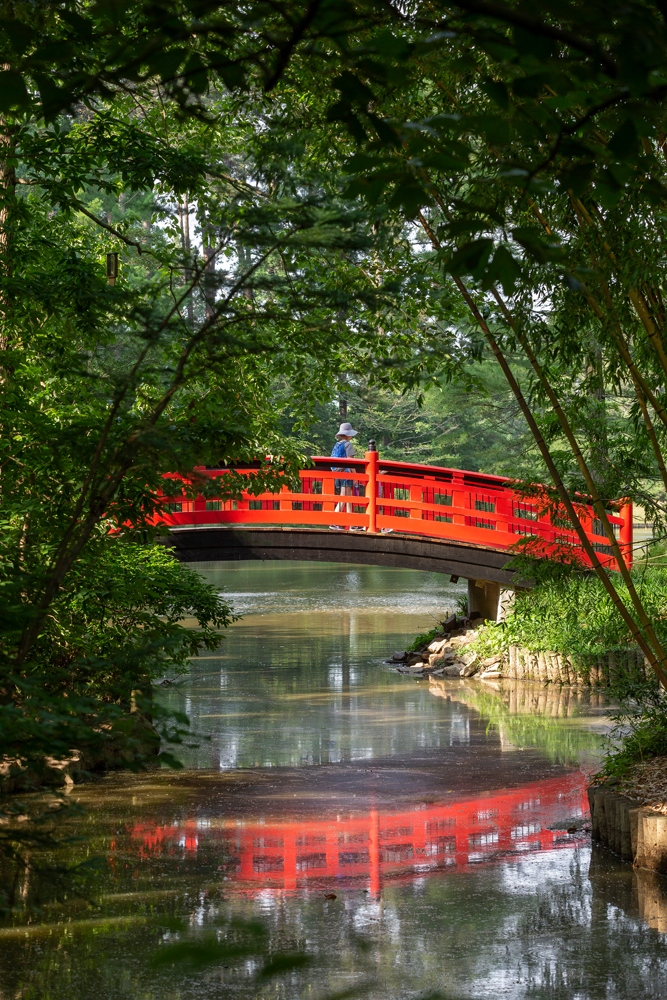
The iconic red bridge received the name Meyer Bridge in 2016, honoring the highly-regarded physicist J. Horst Meyer, who taught at Duke University for more than 50 years.
“Anything we can do to draw people’s attention and make the experience really rich and engaging and a wonderful experience of discovery is our goal,” she says.
Guests can schedule a tour or guide themselves through the garden using a map and activity card. For younger ones, field trips, family trips and even specialized homeschool tours are available.
From Holly Springs: 45 minutes
From Fuquay-Varina: 55 minutes
“We try to engage people at the level that they want to be engaged at,” Little says.
In recent years, the gardens joined with the Nasher Museum of Art to create Double Exposure, an art initiative that helps Durham Public School children understand and see the similarities between art and science, particularly through observational learning.
Another effort is a partnership with Y. E. Smith Elementary School in Durham. Through the Eastern Children’s Initiative, Duke Gardens is able to offer five field trips for the second graders throughout their school year — a rare experience for the garden staff and students alike.
“They get a sense of ownership over the garden,” Little says. “It becomes their garden.”
She enjoys seeing the kids over and over again, especially when they come back with their parents on the weekends.
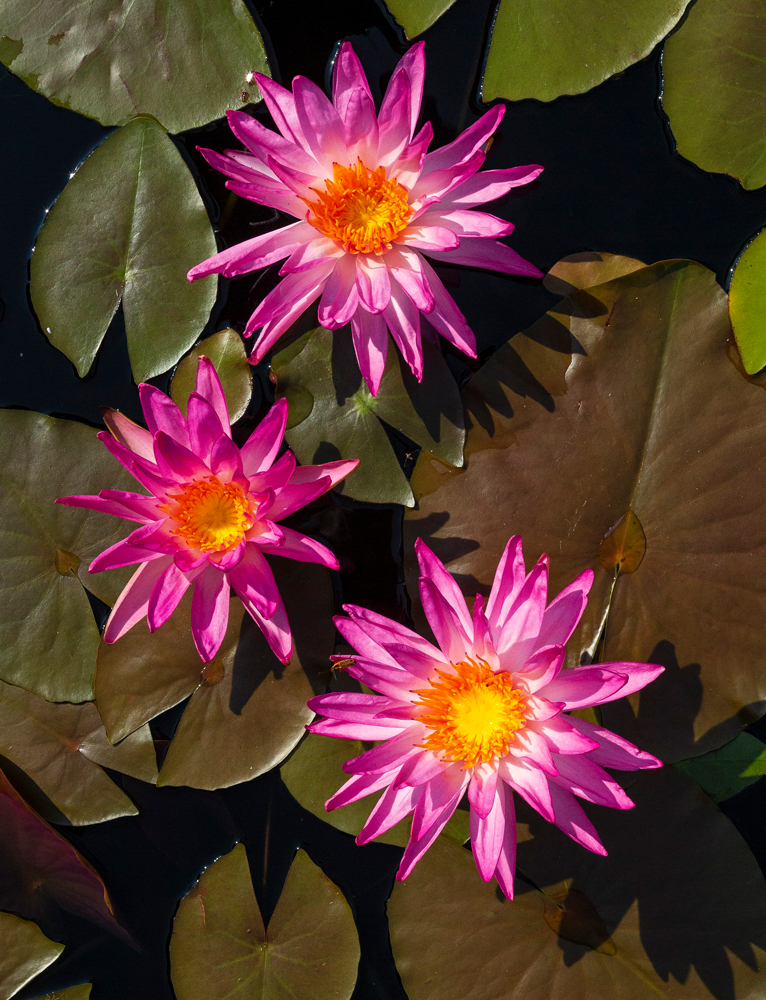
Nymphaea Tropic Stars, commonly known as water lilies
“The parents love nature, so parents bring their children here to share that value,” Little says. “Then the children come here and learn about their own love for nature and share that fact with their parents, so it kind of goes both ways.”
The gardens also provide a space for university students to learn and do research. Recently Little has seen college students working on everything from basic biology classwork to a graduate thesis.
“There’s just such a wide range of garden areas, that there’s something for everybody,” she says.
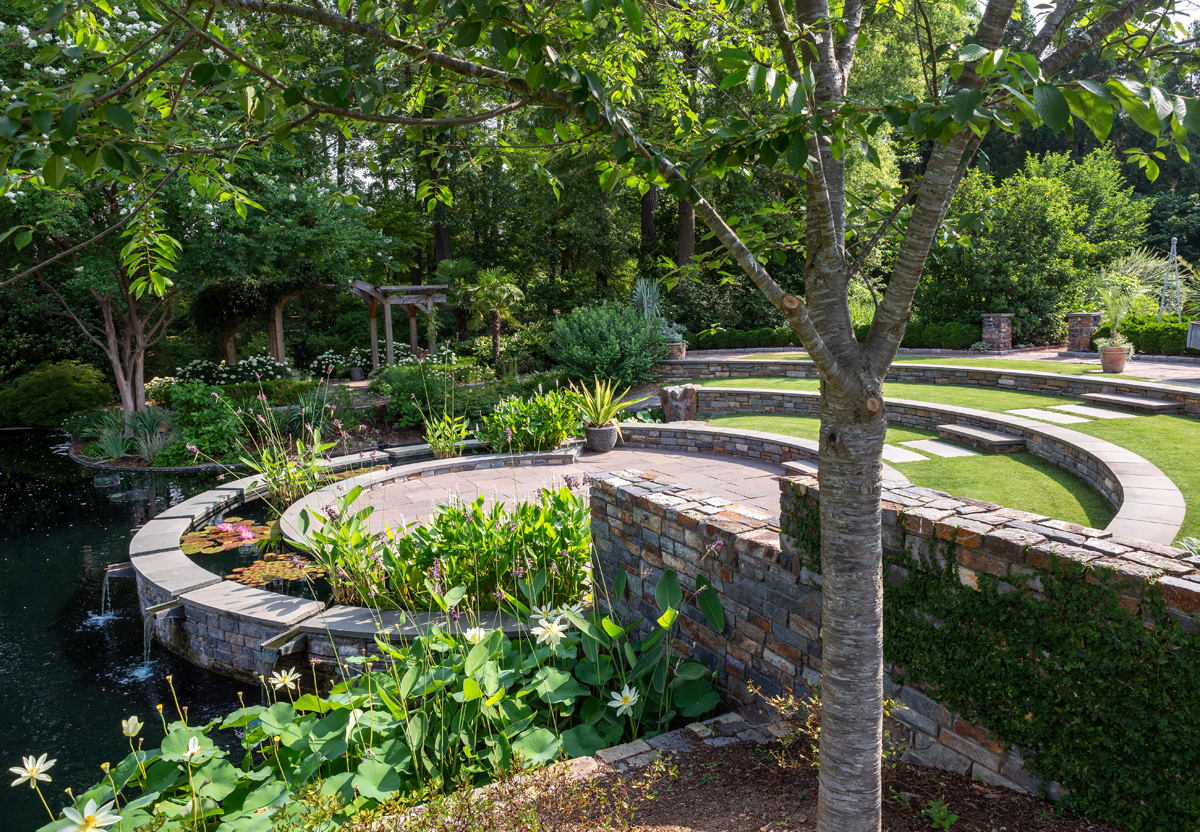
The Angle Amphitheater, surrounded by the Virtue Peace Pond and the Page-Rollins White Garden
Both Little and LeFerve prefer to see the gardens by doing a self-guided walking tour.
“If you are very deliberate you can see the entire garden in one visit,” LeFevre says, but because they have so much to offer all in one space, he recommends seeing the top sights the first time you come and exploring further each additional visit.
“We have four separate areas of the garden that could in and of themselves be distinct and stand-alone botanic gardens anywhere, but we have the joy of having them all four join together in the totality of Sarah P. Duke Gardens,” LeFevre says.
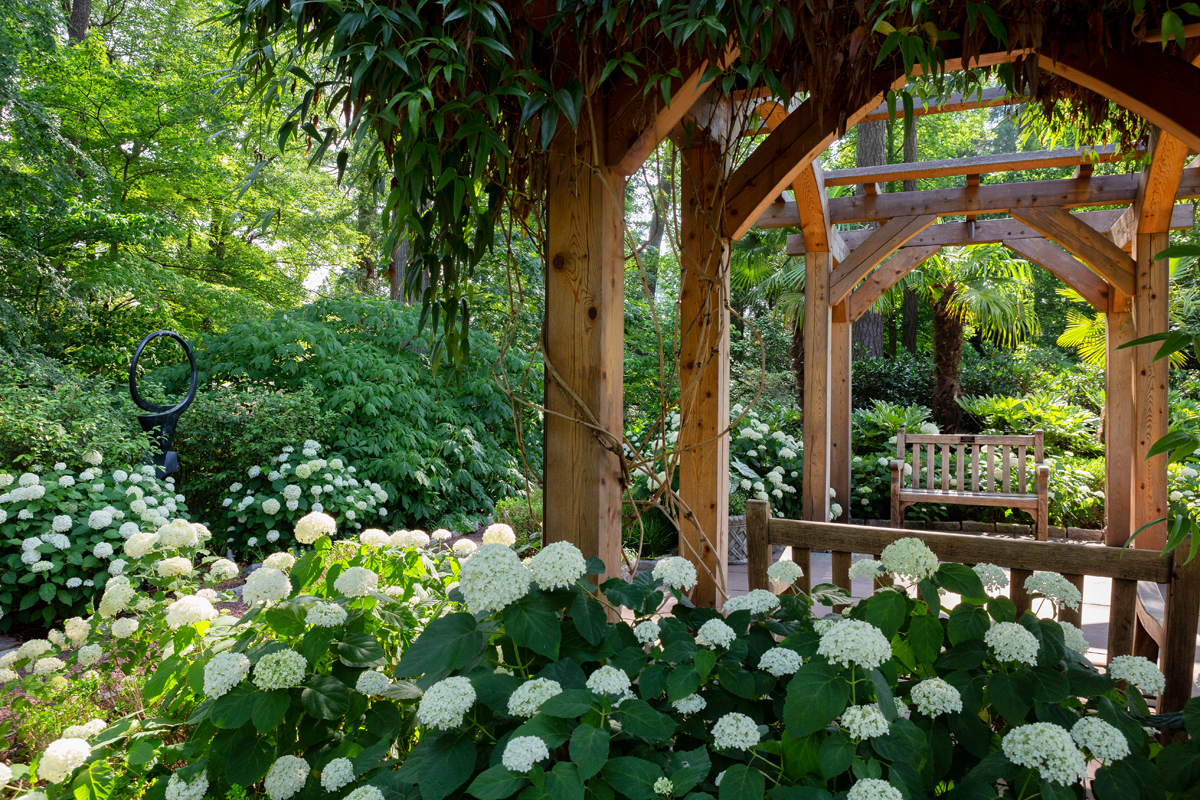
Sarah P. Duke Gardens in Durham sits in the middle of Duke University’s campus. Flowers, ponds, terraces and statues fill the 55-acre plot with history and beauty.
Near the main entrance, the Doris Duke Center Gardens include the Page-Rollins White Garden, the organic Charlotte Brody Discovery Garden, and the Virtue Peace Pond, with its water lilies and lotuses.
The W.L. Culberson Asiatic Arboretum is known for the red, arched bridge, an iconic spot for those seeking a vantage point to people-watch or study the koi in the pond below.
The Historic Gardens are known for their terraces, which date to the garden’s beginnings in the 1930s. The structures feature the most elaborate floral arrangement the garden has to offer.
And, be sure to circle back around to see the H.L. Blomquist Garden of Native Plants, which houses carnivorous plants, a calm stream and a bird-viewing shelter.
“We will never run out of new things to surprise people with,” Little says.
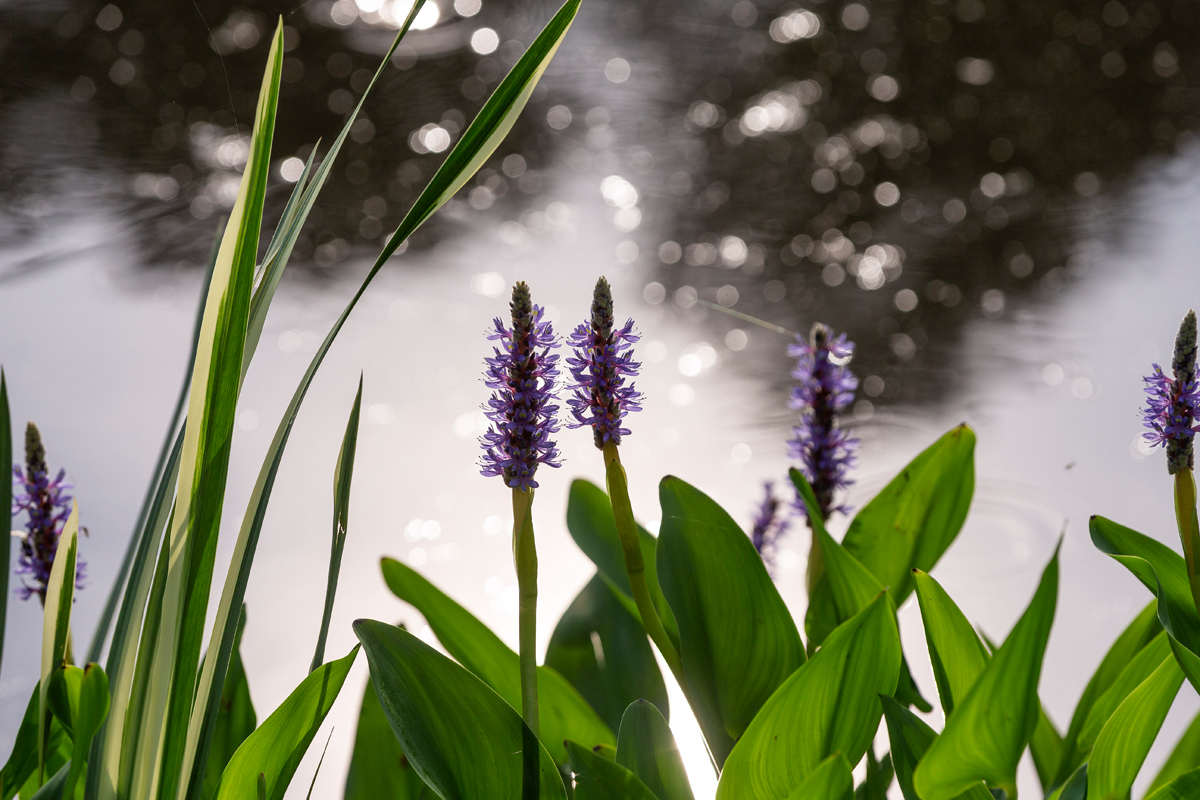
Indoor Beauty
The Nasher Museum of Art, a 65,000-square-foot museum, opened in 2005 with the goal to grow a large collection of contemporary pieces created by innovative artists. Admission is free on Thursdays and $7 all other opening hours for adults. nasher.duke.edu
Good Eats
Elmo’s Diner: A local favorite for scratch-made breakfast all day and family-friendly lunch and dinner menus. elmosdiner.com
Parizade: Elegant Mediterranean cuisine in a whimsical atmosphere. It’s the perfect spot for a romantic evening out. parizadedurham.com




